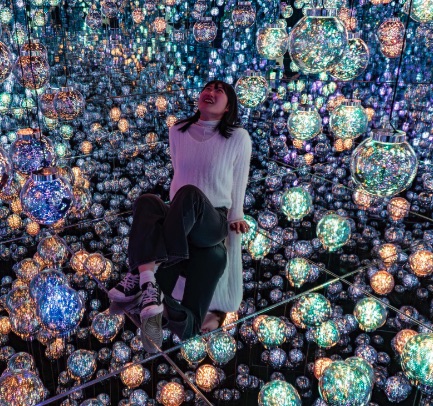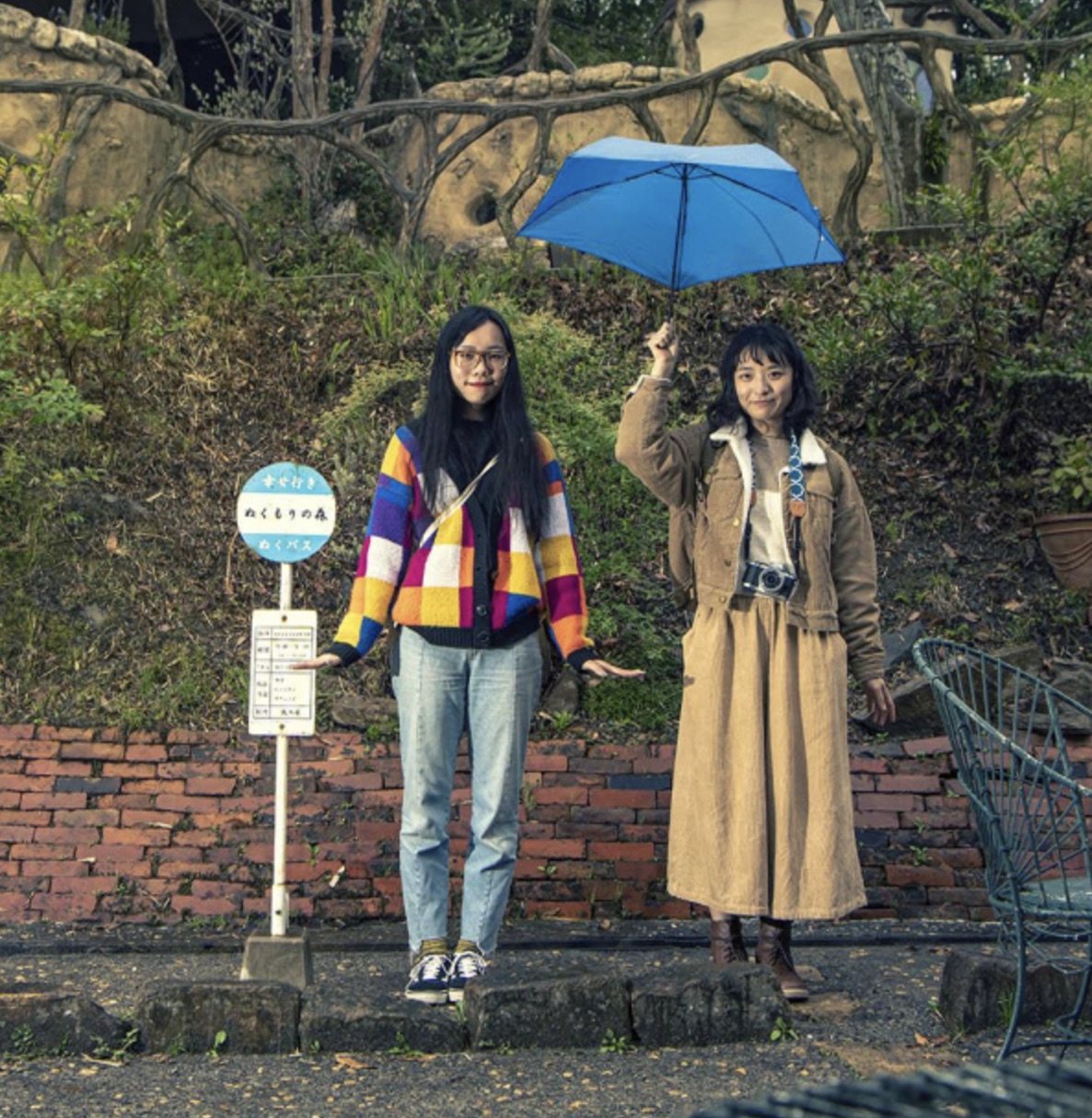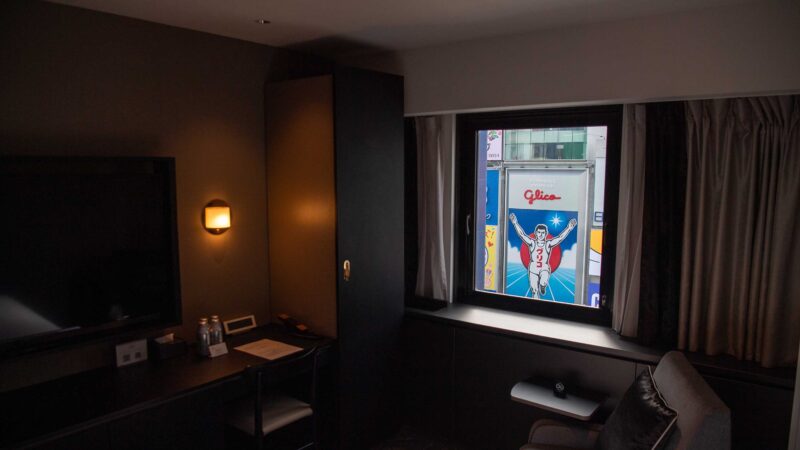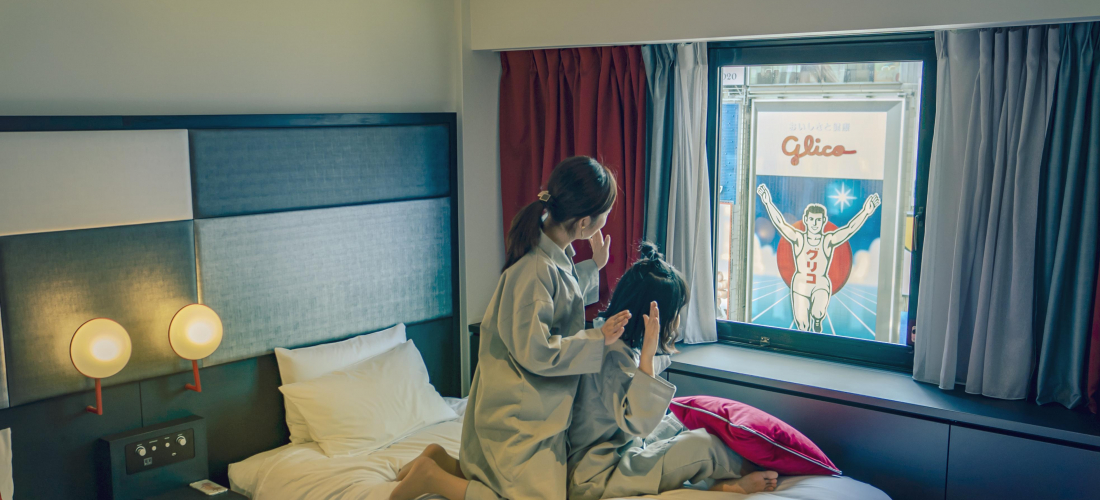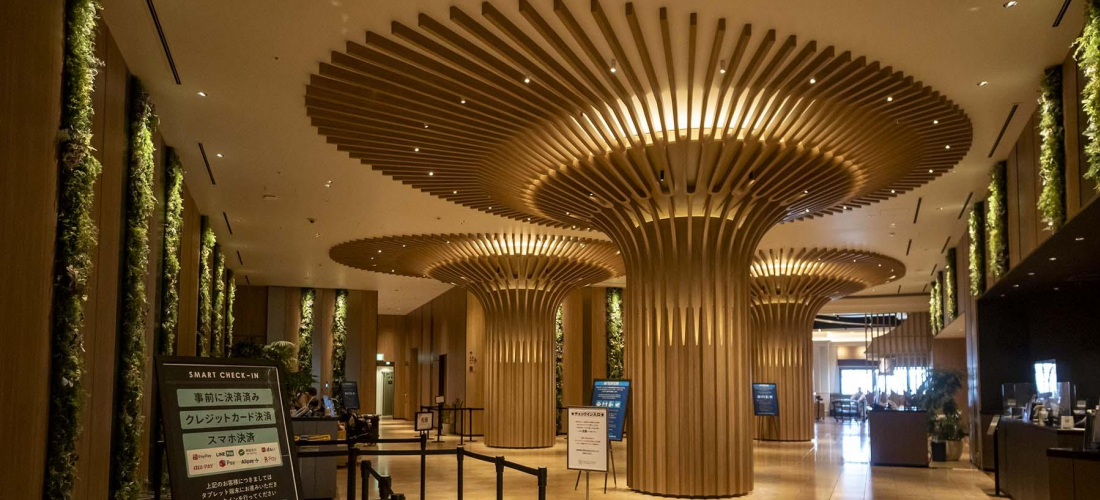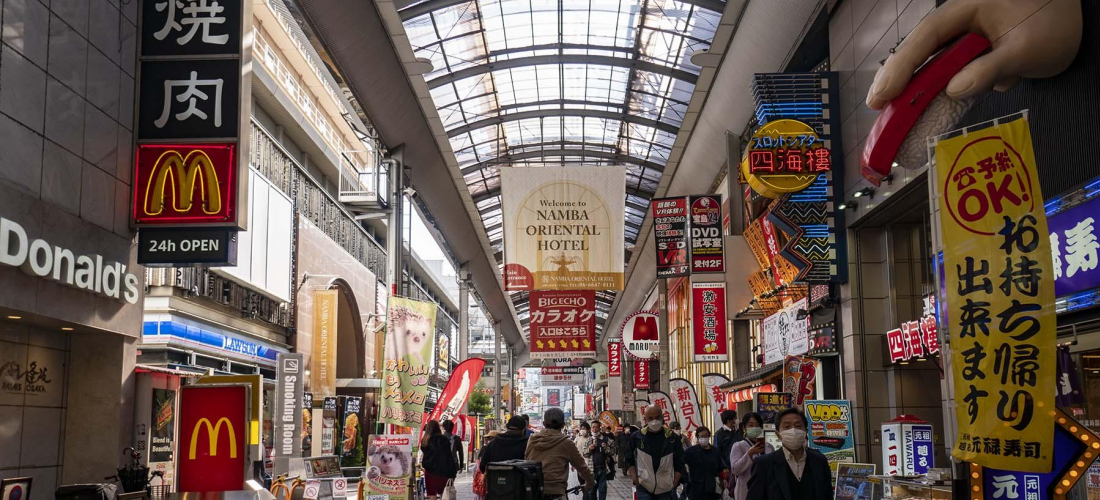
CONTENTS
Relaxation & Fresh Renovations in Busy Osaka
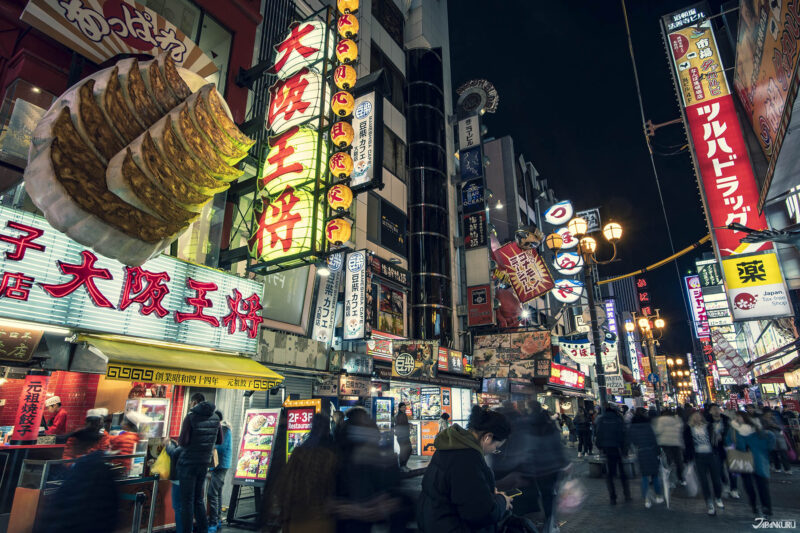
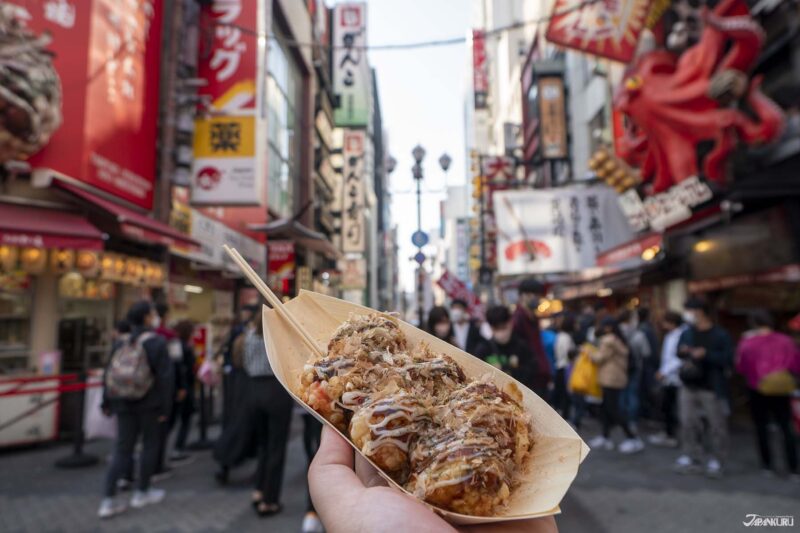
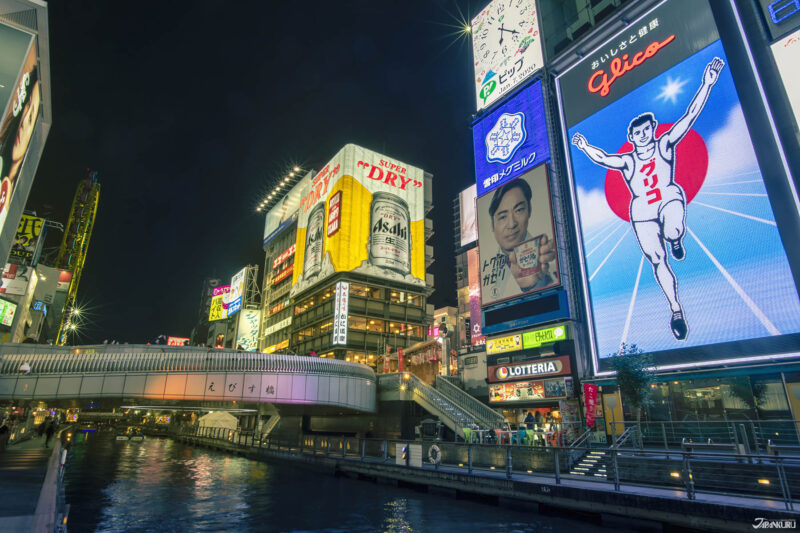
If you’re putting together a trip to Osaka, your plans probably involve eating takoyaki on Dotonbori, shopping along Shinsaibashi-suji, and taking pictures with the giant Glico Man sign. These and many of Osaka’s other popular sightseeing destinations are packed tightly in and around the Namba neighborhood in southern Osaka, so after a full day exploring the city’s busy streets, nothing feels better than knowing you have a quiet, comfortable Namba hotel room waiting just a few steps away. After seeing Osaka’s most iconic sights and stuffing yourself full of all the delicious delicacies offered in “Japan’s Kitchen,” Namba Oriental Hotel offers a relaxing oasis tucked in among the noise and crowds.
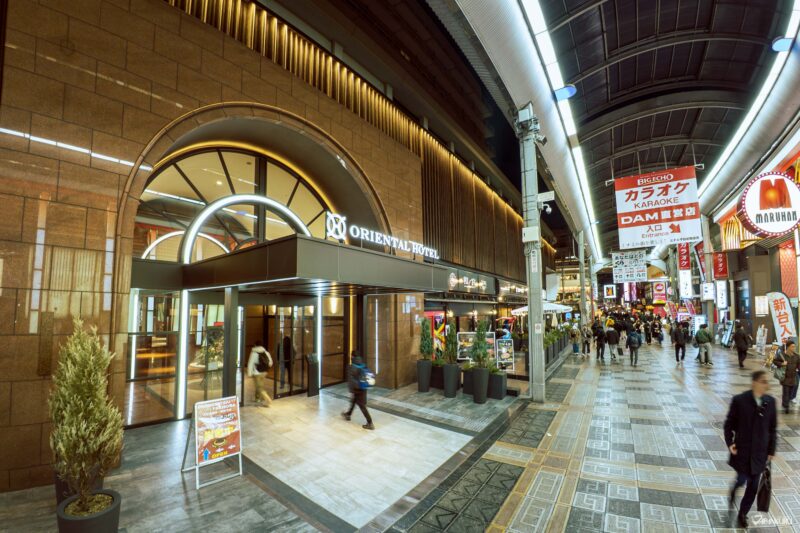
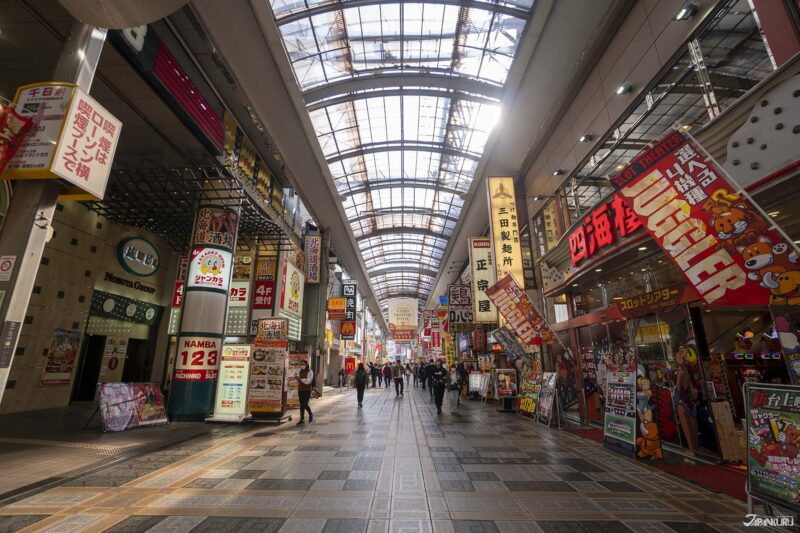
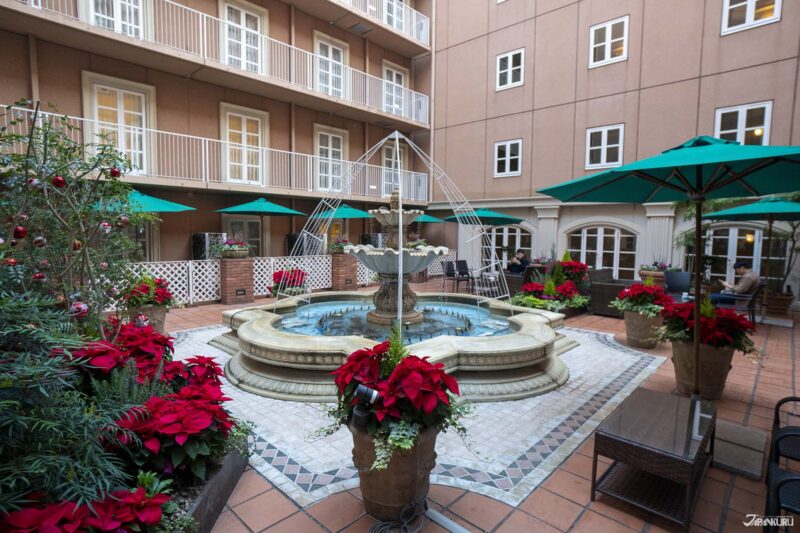
Namba Oriental Hotel feels peaceful from the moment you step into the retro elevator, and the interiors offer a taste of old-fashioned charm mixed seamlessly with new modern renovations. The serene central courtyard with patio seating still looks like a scene from an old European movie, while the freshly finished guestrooms give off a chic air of modern sophistication. Plus, the stylish new facilities like the laundry room and guest lounge are ready to add convenience to your trip. If you’re looking for a Namba hotel recommendation, keep reading to find out why we think Namba Oriental Hotel is an especially convenient place to stay in Osaka.
Namba Oriental Hotel (なんばオリエンタルホテル)
2-8-17 Sennichimae, Chuo Ward, Osaka
Check-in/Check-out: 15:00 / 11:00
Phone: 06-6647-8111
Official Website (en) | Reservations
Recent Additions: Laundry & Refreshments at the Lounge
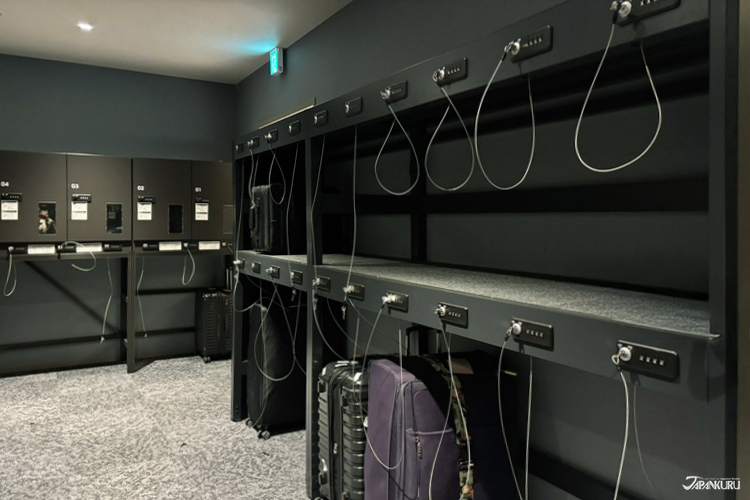
Namba Oriental Hotel is an old Osaka favorite, but regular renovations have helped to keep the hotel modern throughout the years, and things already look different from our last visit two years ago. The most recent renovations have given the place a fresh look and created new room options for travelers of all kinds, but we were most excited about the new facilities offered to make guests’ time in Osaka all the more convenient. Visitors can start taking advantage of some of these new additions from the moment they arrive, even if that’s before check-in – the renovated luggage storage area offers plenty of lockers and locking cables for storing luggage during the day. Arrive early, leave your heavy bags, and head out for the day to enjoy Osaka! You can grab your suitcase when you’re ready to check in that evening and head to your room… or check out the hotel’s other new features.
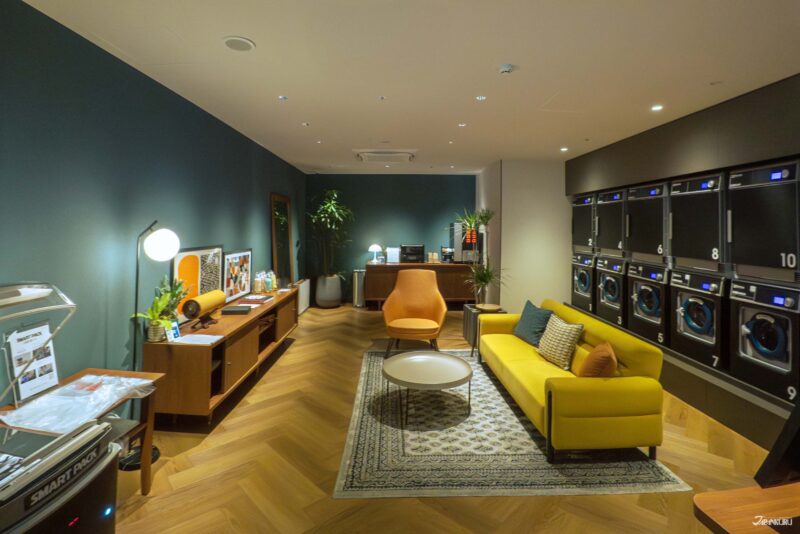
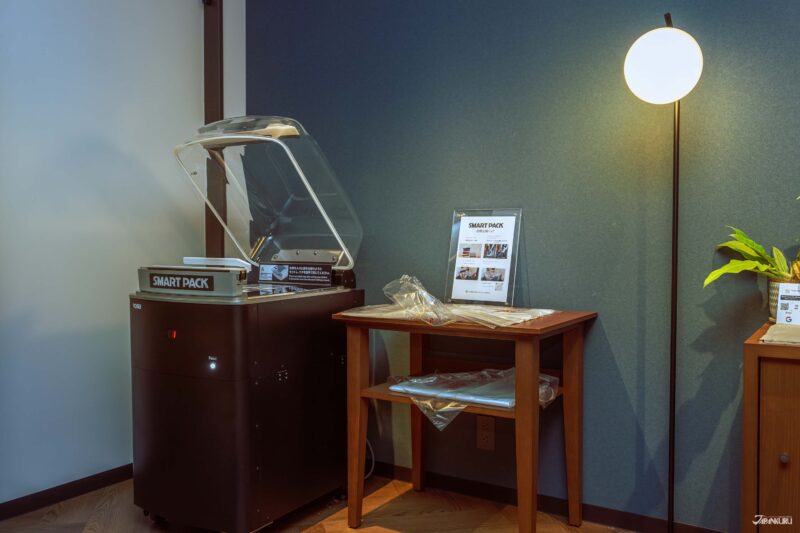
There’s nothing better than a luxuriously long trip to Japan, but experienced travelers will often tell you to pack light whether your trip is days or weeks. You want to leave plenty of room in your suitcase for souvenirs, so the best plan is usually to bring fewer outfits, and just do laundry during your trip. Then again, it can be annoying and inconvenient to search for a laundromat in the middle of your trip, which is why Namba Oriental Hotel’s laundry room is such a lifesaver! The stylishly retro room has an entire wall of laundry machines and dryers for guests, and on the counter you’ll even find a selection of different scent beads you can add to the wash to give your clean clothes a refreshing fragrance. If you’re washing your things to get ready to pack for the next leg of your trip, you’ll also be excited to see the vacuum packing compression machine in one corner, free for guests to use.

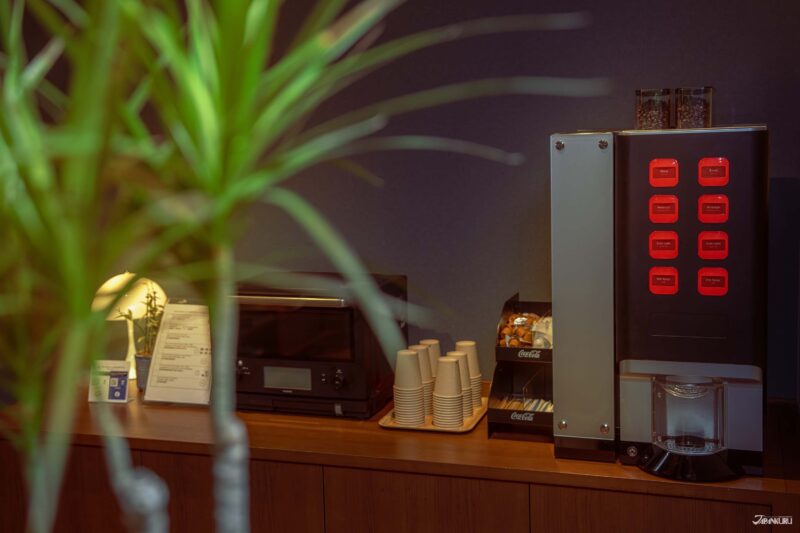
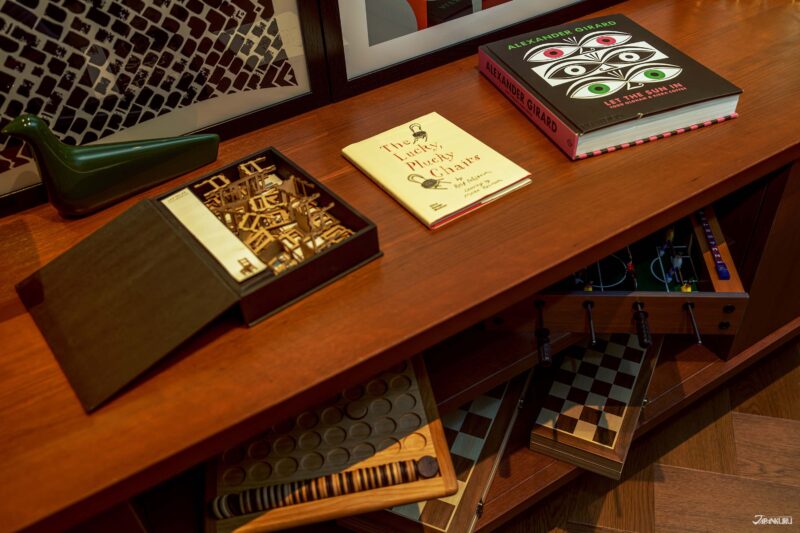
It’s tempting to just hang out in the laundry room while your clothes get clean, thanks to the comfy couch, the cabinet full of books and board games, and the hot drink dispenser ready to make your wait more comfortable. But when you’re looking to relax, Namba Oriental Hotel has an even better place for you to spend time.
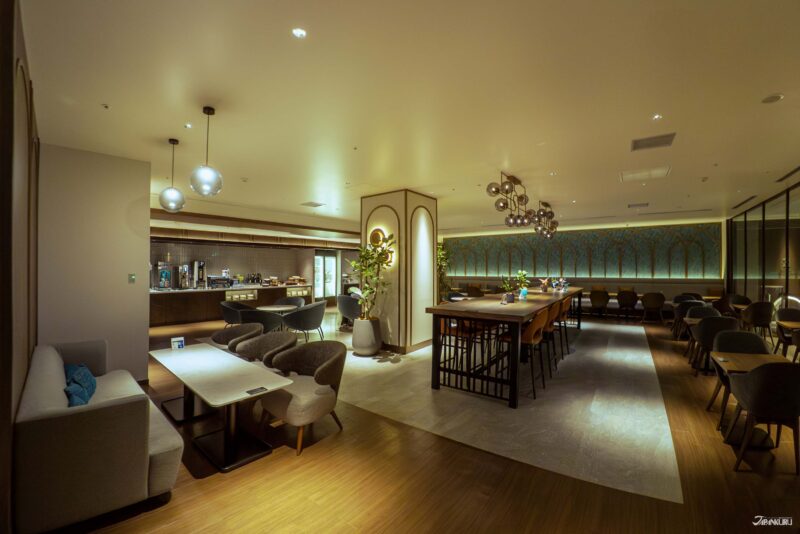
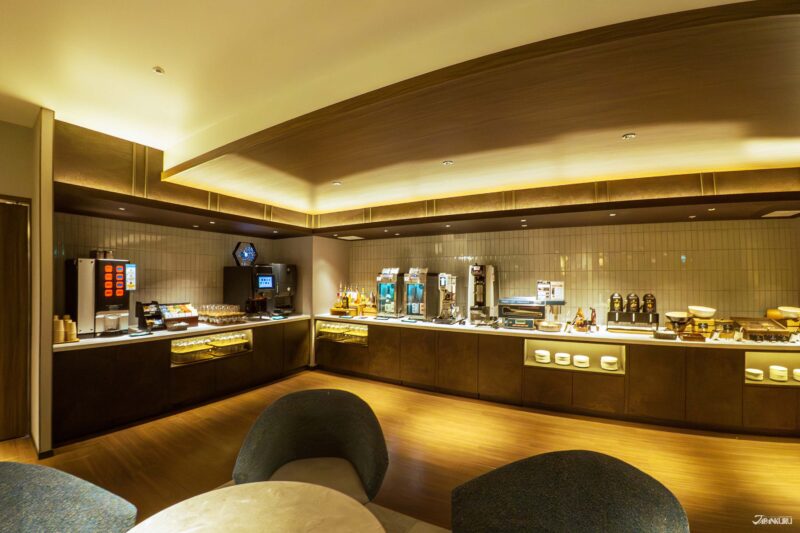
Whether you want a spot to sit down and chat with friends after a full day of sightseeing, space to plan the next leg of your trip, or even a place to get some work done while you travel, the free Welcome Lounge off the lobby is the place to go. From 2 in the afternoon until 10 at night, the lounge is set up with a cozy selection of sofas, chairs, and tables to cater to all different guests and groups, making it a comfortable space to stretch out and relax. Most alluring, however, is the wide selection of drinks and snacks available in the lounge (totally free for staying guests), which make it an ideal destination for an afternoon snack or a stop after dinner.
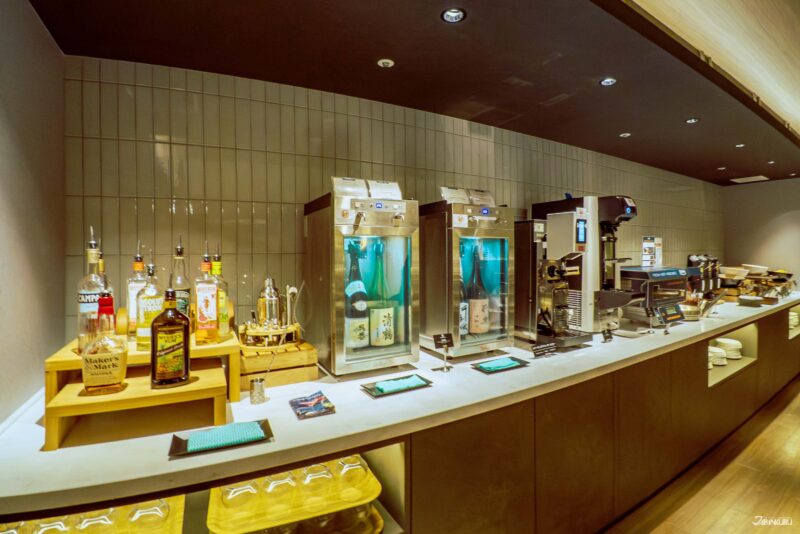
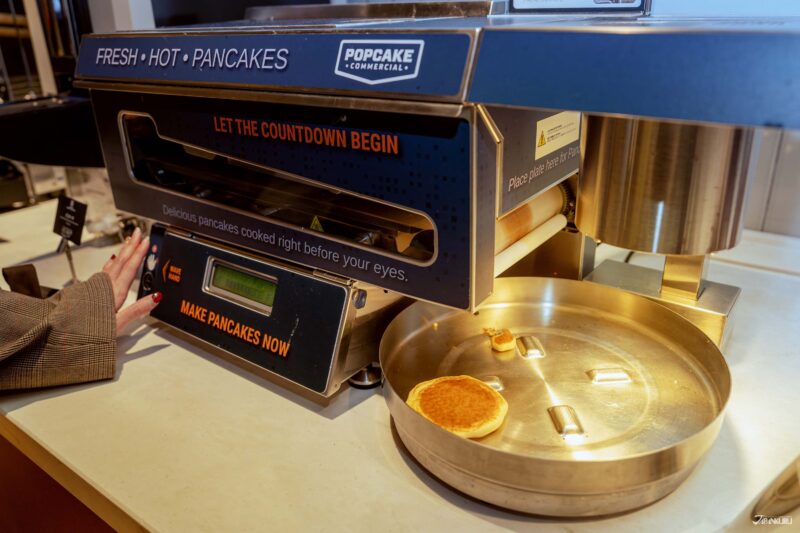
In addition to a full selection of soft drinks, coffee, and tea, the open bar also has everything you need for basic cocktails, in addition to multiple varieties of sake, beer, and even sparkling wine. Kids flock to the automatic pancake-making machine (which quite literally cooks your pancakes at the wave of a hand), topping the golden-brown discs with various syrups, chunks of frozen fruit, and dollops of whipped cream. During the Japankuru team’s visit, we also saw guests nibbling on chips and dip, cheese, olives, and colorful bits of dried fruit. It’s the kind of luxurious spread you wish you could come home to every day, but at the very least, we’d recommend enjoying it during your visit to Osaka!
Guest Rooms: Renovations & Comfortable Classics
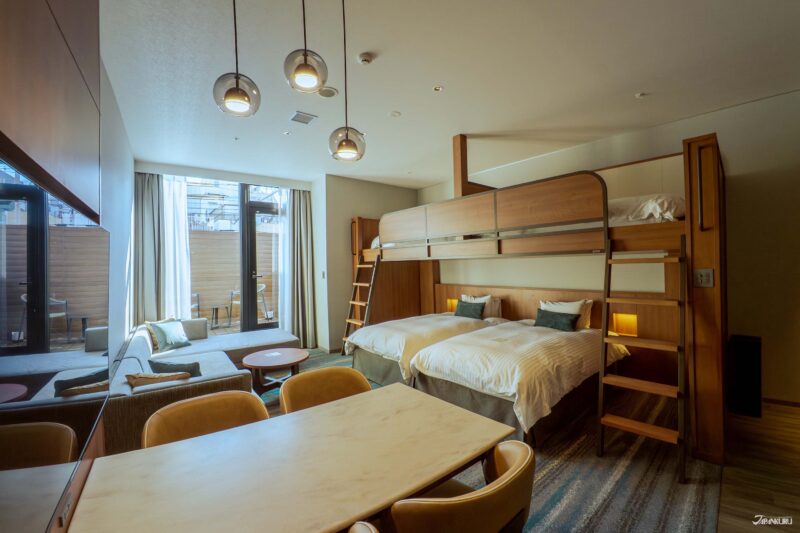
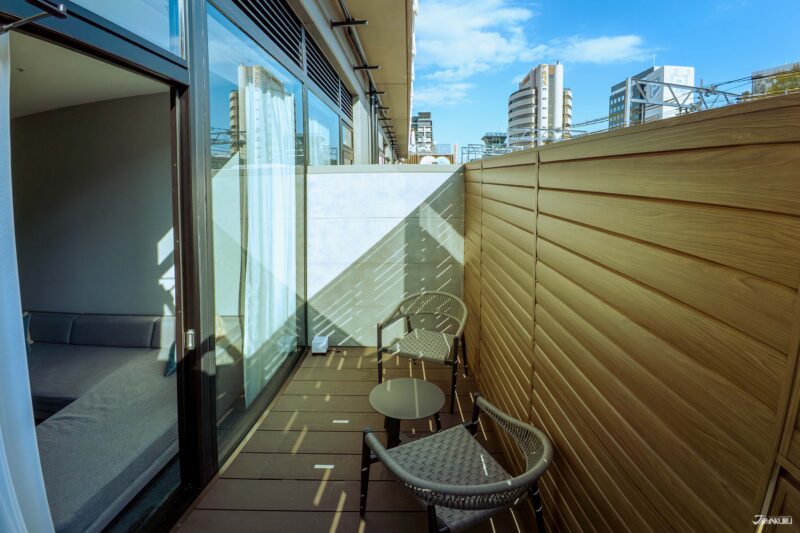
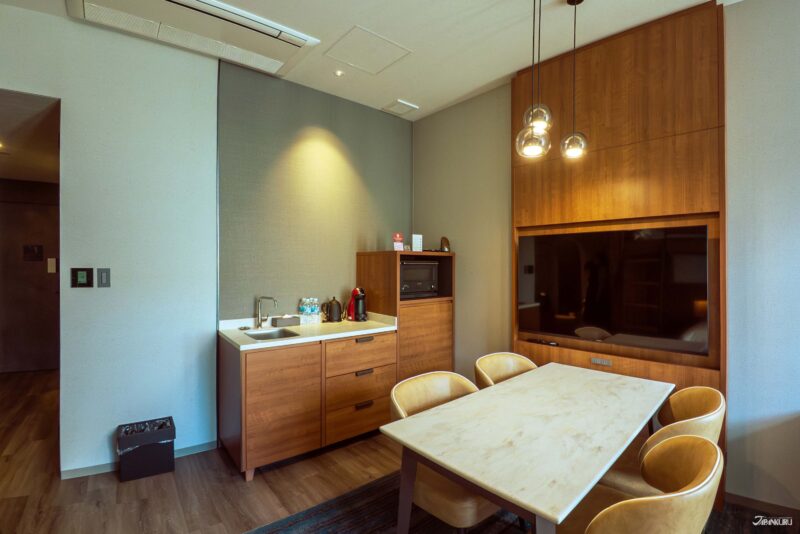
Whether you’re exploring Osaka with all your friends, you need space for the whole family, or you just like to have a little extra room for yourself, Namba Oriental Hotel is known for its spacious rooms. This was especially clear in the renovated Residential Floor rooms we saw during our recent visit to the hotel, like the “Premier Residence,” which has a total of four beds and easily sleeps up to six guests. Despite being just one room, the stylishly retro space felt like a suite thanks to the large, comfortable couch, the kitchenette with its fancy Balmuda toaster, and the dining area – complete with a dining table and Bluetooth speaker. There’s even a little balcony with a couple of seats outside!
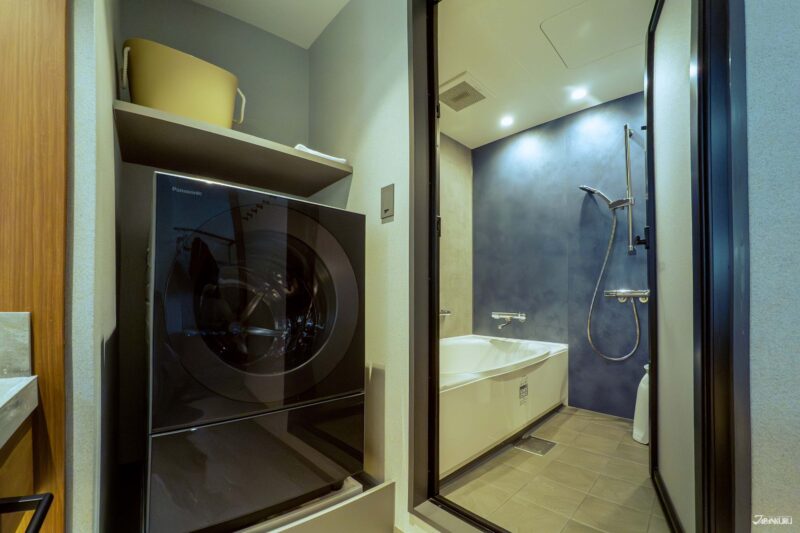
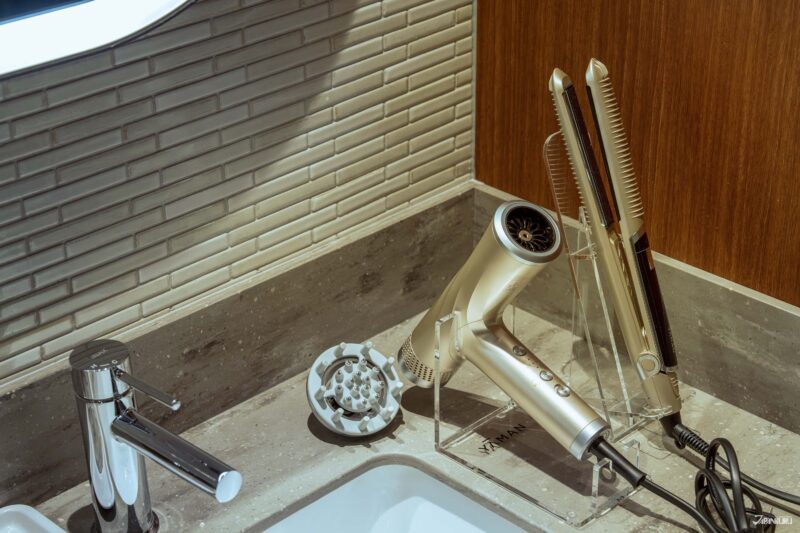
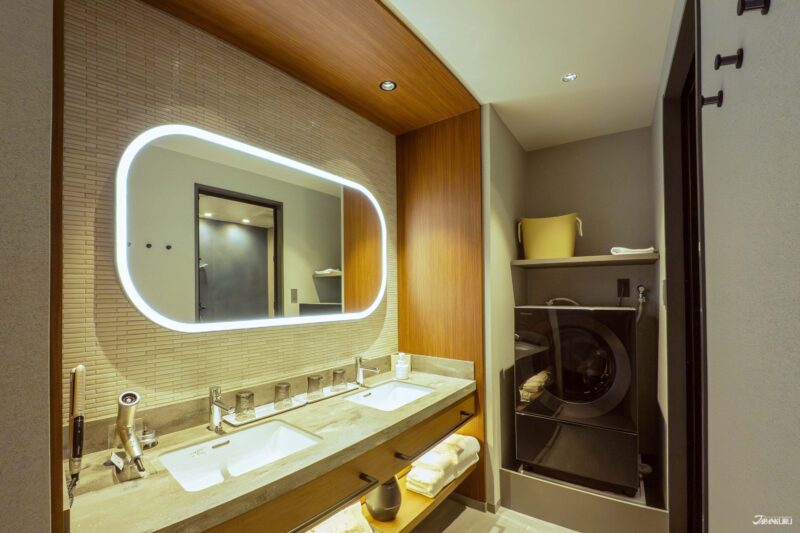
Like many homes in Japan, the toilet and bathing area for the Premier Residence are in separate rooms, which is an especially convenient feature when you’ve got four or more people staying together. After taking a bath, haircare lovers will also be pleased to discover a hair dryer and hair straightener made by YA-MAN (one of Japan’s most popular high-end hair styling brands) on the counter. Our most surprising bathroom find, however, was the ensuite washing machine – what a luxury!
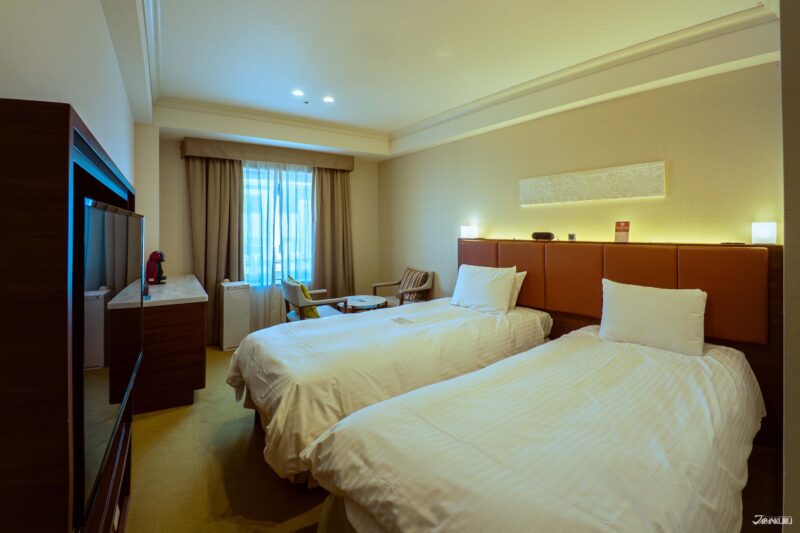
Not all of the hotel’s rooms have been restyled to match the most recent round of renovations, but that doesn’t mean they’re not worth staying in. We also checked out a twin room on the Oriental Quality Floor, and we were pleased to find firm Specialty Simmons mattresses, a comfortable seating area, and ample places to charge our many devices – everything we needed to hit the streets the next day, rested and ready to enjoy another day of Osaka sightseeing!
Breakfast: Osaka Specialties & Made-to-Order Treats
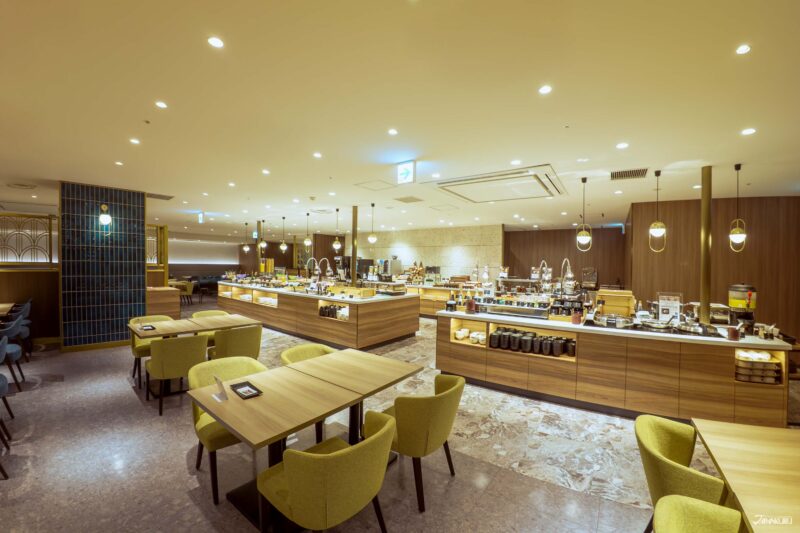
The hotel restaurant Bloom Field Dining is another recently renovated space at the hotel, and with the stylish new seating comes an ample buffet packed with a huge variety of breakfast options. If you prefer a simple tray of toast, fruit, and yogurt, they’ve got you covered. If you want to try a Japanese breakfast of white rice, miso soup, and grilled fish, they have that too. There’s a well-stocked salad bar, as well as a variety of hot drinks and fruit juices. But if you’re ready to be a little adventurous first thing in the morning, prepare to be impressed.
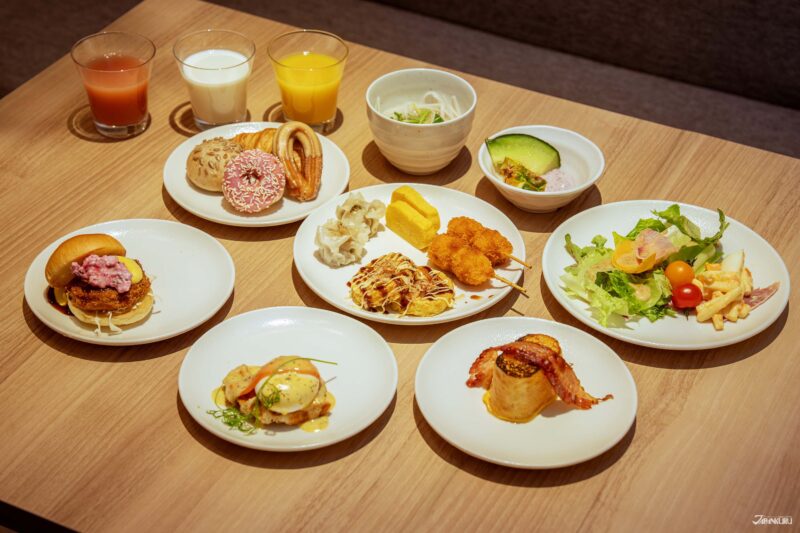
The most crowded area at the breakfast buffet is the small “live kitchen” counter, where a chef works every morning to cook up fresh, hot breakfast dishes. During our visit, there were three options: a savory French toast smothered in truffle butter, little sliders stuffed with filet cutlet (a variety of Japan’s popular tonkatsu), and an Oriental Hotel classic: the Croffle Benedict, with a slice of salty cured salmon perched atop the luxurious poached egg.
When in Osaka, a city known for its food, it seems like a waste to miss out on the local culinary specialties during any meal of the day. Fortunately, this buffet has some fun options from the Kansai region, like takoyaki and kushi-katsu. You’ll also find some dishes from other parts of Asia, like the Vietnamese pho noodles sitting next to the udon at the noodle bar, or the selection of Chinese-style dishes. Just don’t get so full you can’t try one of the popular Oriental Hotel mini donuts before you head out!
Explore Osaka From the Namba Oriental Hotel
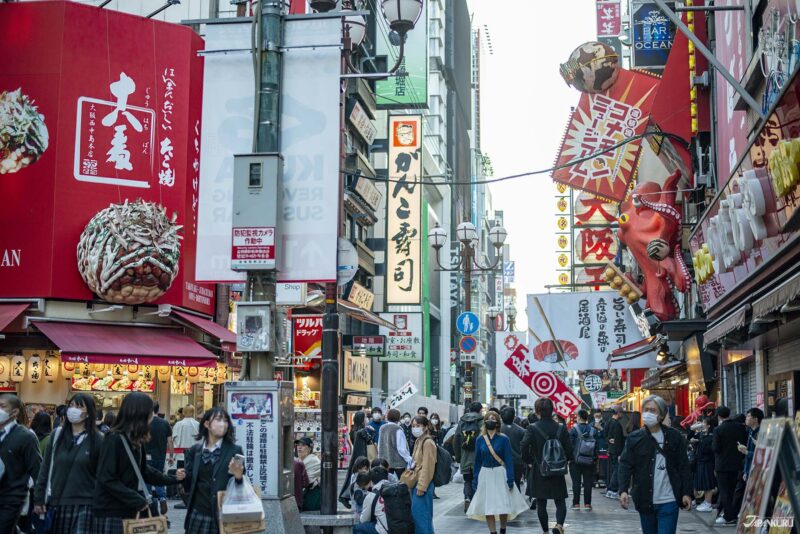

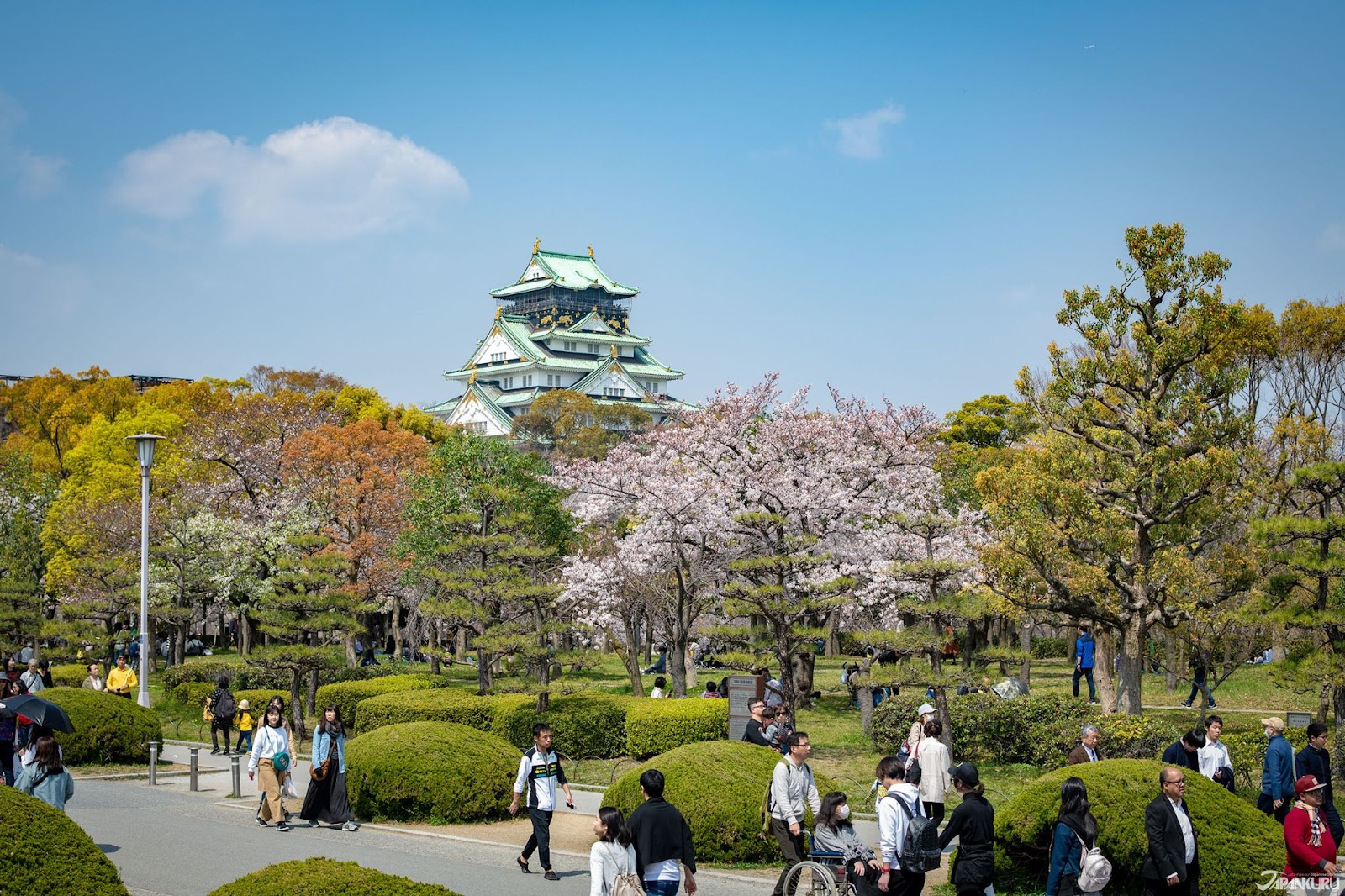
Thanks to the convenient location in the heart of Namba, Namba Oriental Hotel is pretty ideally situated for Osaka sightseeing. Head out the entrance and, whether you turn left or right, before long you’ll stumble upon one popular sightseeing destination or another, like Dotonbori or Kuromon Ichiba market. Walk just a couple of minutes to get to Namba Station, and you’ll find a transportation hub that can take you all over Osaka. From there it’s not far to Osaka Castle in one direction, or Universal Studios Japan in another!
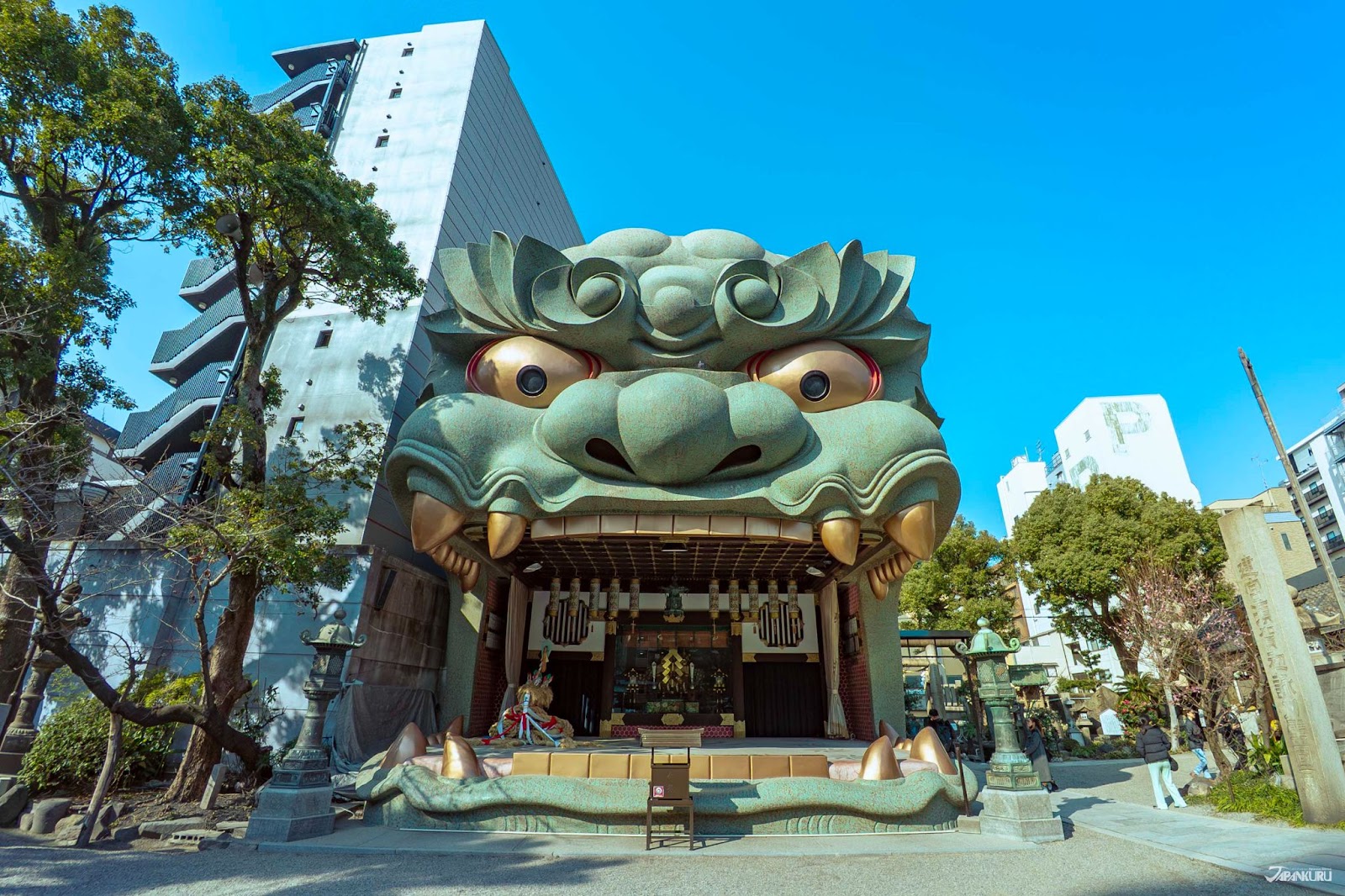
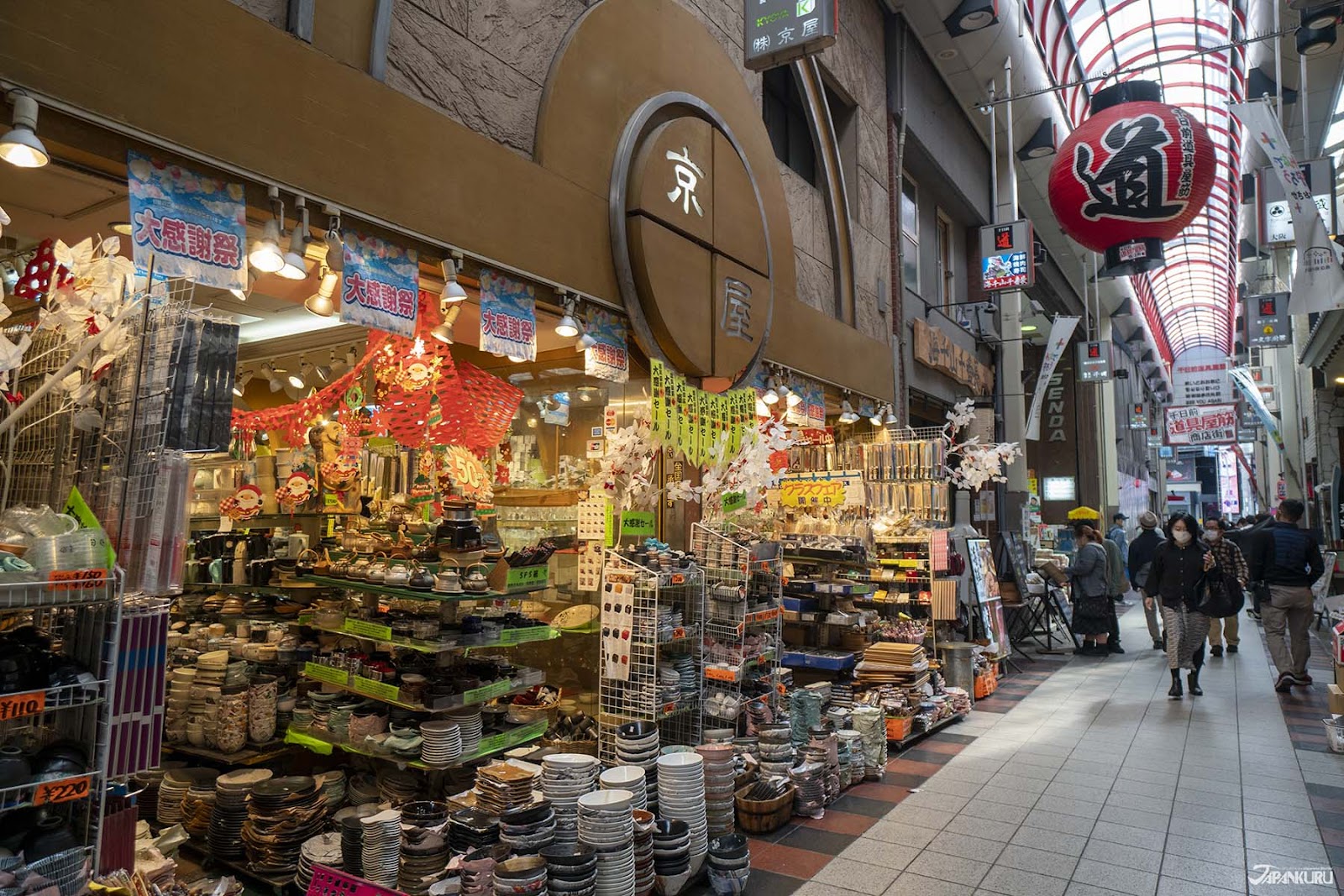
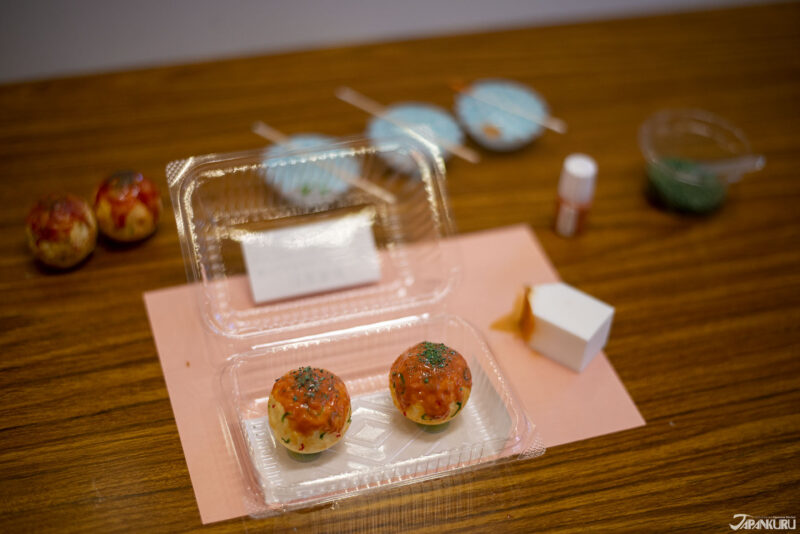
There are some hidden gems near the hotel, too. The Japankuru team is especially fond of the Namba Yasaka Shrine, which is less than ten minutes away on foot, but feels like a magical discovery on an unsuspecting little Osaka back street. Check out the enormous lion-shaped shrine hall, and don’t miss the shrine’s cute omamori amulet options! Or head left when exiting the hotel and walk straight until you get to the Sennichimae Doguyasuji Kitchenware Street, which is lined with shops selling Japanese cups, bowls, pots, pans, takoyaki-making machines, beautifully-crafted chopsticks, and even Japan’s famous fake “food samples.” You can try making your own fake food models in Sennichimae, too, if you’re ready to get hands on!
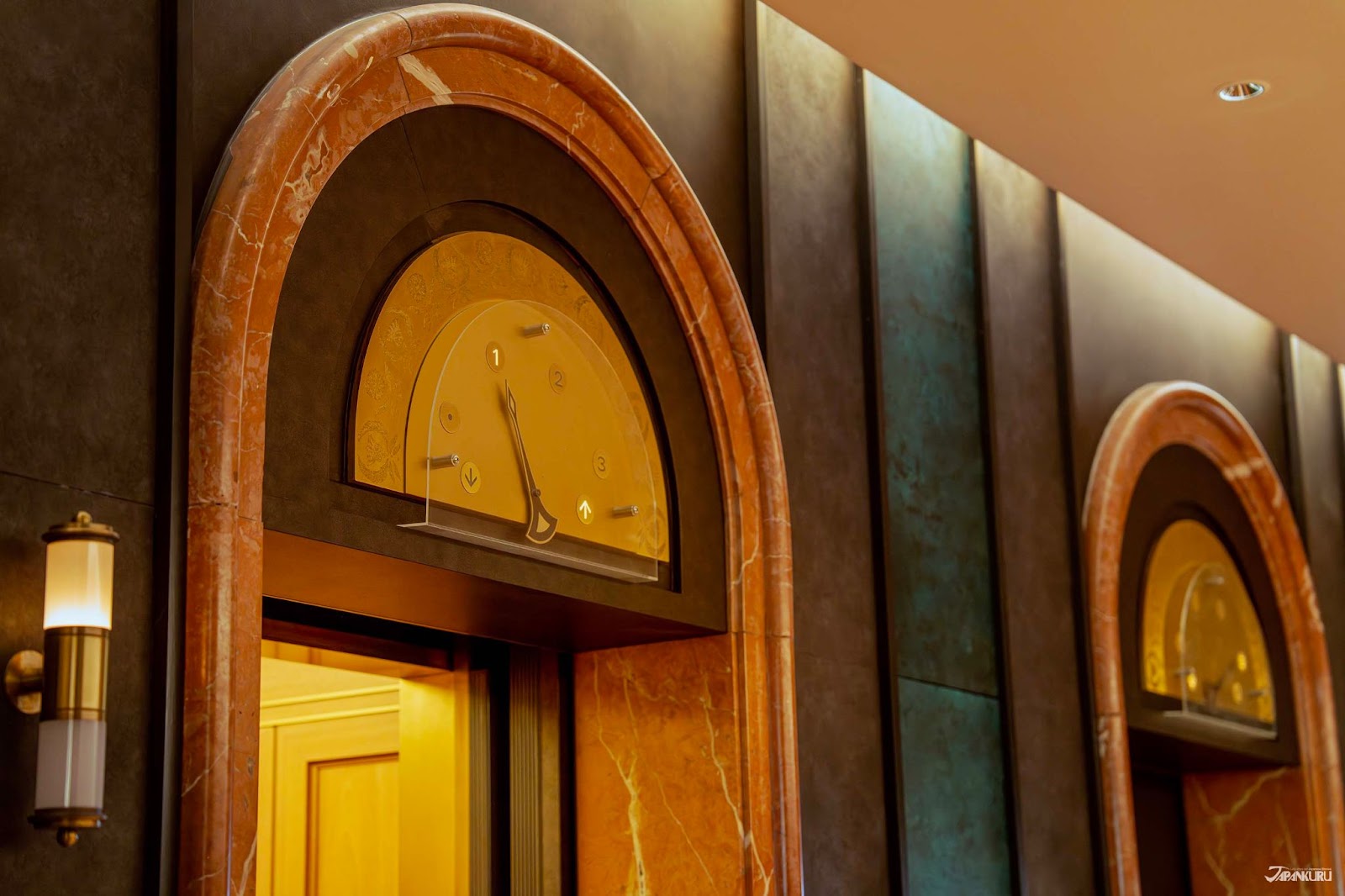
No matter what brings you to Osaka – sightseeing, shopping, or a food-focused plan to feast on world-class street food – Namba Oriental Hotel offers a great blend of comfort and convenience. With its prime location, elegant renovations, and thoughtful amenities, it’s a haven in the heart of the city. After unwinding in the serene courtyard, enjoying a drink in the guest lounge, and waking up to a delicious breakfast, this spacious Osaka hotel will feel like the perfect jumping-off point for all your Osaka adventures!
For more info and updates from Japan, check Japankuru for new articles, and don’t forget to follow us on X (Twitter), Instagram, and Facebook!
COMMENT
FEATURED MEDIA
VIEW MOREMAP OF JAPAN
SEARCH BY REGION

LATEST
VIEW MOREEVENT CALENDAR
VIEW MOREMOST POPULAR
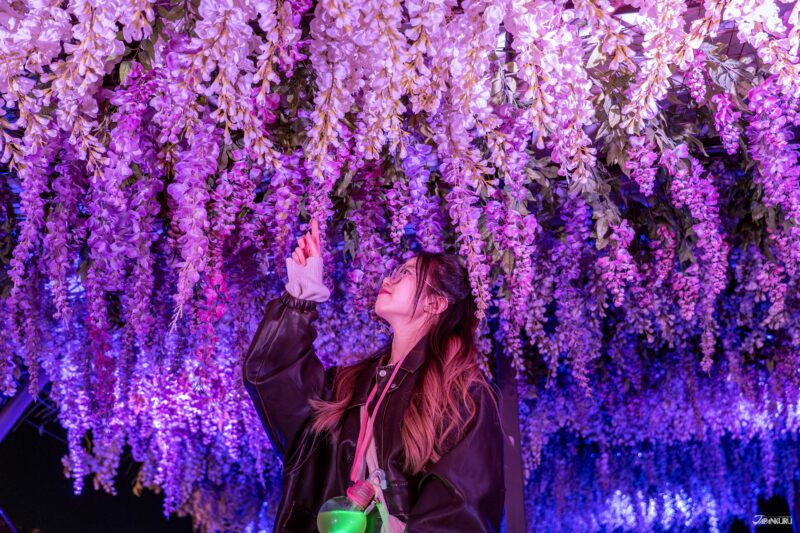 Tokyo Winter Recommendation: Don’t Miss Tokyo Mega Illumination, Japan’s #1 Light Show
Tokyo Winter Recommendation: Don’t Miss Tokyo Mega Illumination, Japan’s #1 Light Show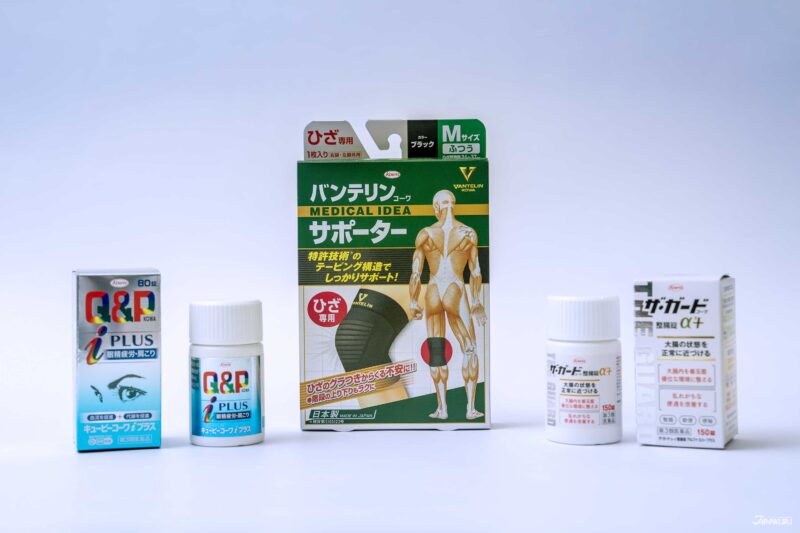 ป้ายยาสินค้าน่าซื้อในร้านขายยาญี่ปุ่น | KOWA ผลิตภัณฑ์เพื่อสุขภาพสำหรับคนยุคใหม่
ป้ายยาสินค้าน่าซื้อในร้านขายยาญี่ปุ่น | KOWA ผลิตภัณฑ์เพื่อสุขภาพสำหรับคนยุคใหม่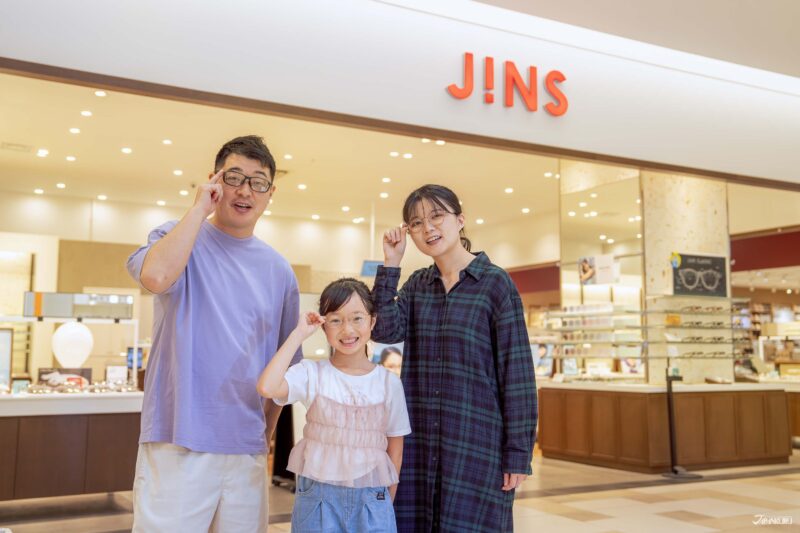 Okinawa Family Road Trip: Japanese Glasses Shopping at San-A Urasoe West Coast PARCO CITY, Discount Coupons, & Okinawa Sightseeing with JINS
Okinawa Family Road Trip: Japanese Glasses Shopping at San-A Urasoe West Coast PARCO CITY, Discount Coupons, & Okinawa Sightseeing with JINS





 >> Find out more at Japankuru.com! (link in bio)
#
>> Find out more at Japankuru.com! (link in bio)
#





 The Robot Restaurant is gone, but the Samurai Restaurant is here to take its place. Check it out, and don't forget your coupon!
The Robot Restaurant is gone, but the Samurai Restaurant is here to take its place. Check it out, and don't forget your coupon!
 신주쿠의 명소 로봇 레스토랑이 사무라이 레스토랑으로 부활! 절찬 쿠폰 발급중
신주쿠의 명소 로봇 레스토랑이 사무라이 레스토랑으로 부활! 절찬 쿠폰 발급중
 18歲以上才能入場的歌舞秀,和你想的不一樣!拿好優惠券去看看~
#tokyo #shinjuku #samurairestaurant #robotrestaurant #tokyotrip #도쿄여행 #신주쿠 #사무라이레스토랑 #이색체험 #할인이벤트 #歌舞伎町 #東京景點 #武士餐廳 #日本表演 #日本文化體驗 #japankuru #japantrip #japantravel #japanlovers #japan_of_insta
18歲以上才能入場的歌舞秀,和你想的不一樣!拿好優惠券去看看~
#tokyo #shinjuku #samurairestaurant #robotrestaurant #tokyotrip #도쿄여행 #신주쿠 #사무라이레스토랑 #이색체험 #할인이벤트 #歌舞伎町 #東京景點 #武士餐廳 #日本表演 #日本文化體驗 #japankuru #japantrip #japantravel #japanlovers #japan_of_insta
 코지마 x 빅 카메라 쿠폰으로 일본 가전 제품 쇼핑하기
#pr #japankuru #japanshopping #kojima #biccamera #japaneseskincare #yaman #dji #osmopocket3 #skincaredevice #日本購物 #美容儀 #相機 #雅萌 #日本家電 #일본여행 #면세 #여행꿀팁 #일본쇼핑리스트 #쿠폰 #일본쇼핑 #일본브랜드 #할인 #코지마 #빅카메라 #japankurucoupon
코지마 x 빅 카메라 쿠폰으로 일본 가전 제품 쇼핑하기
#pr #japankuru #japanshopping #kojima #biccamera #japaneseskincare #yaman #dji #osmopocket3 #skincaredevice #日本購物 #美容儀 #相機 #雅萌 #日本家電 #일본여행 #면세 #여행꿀팁 #일본쇼핑리스트 #쿠폰 #일본쇼핑 #일본브랜드 #할인 #코지마 #빅카메라 #japankurucoupon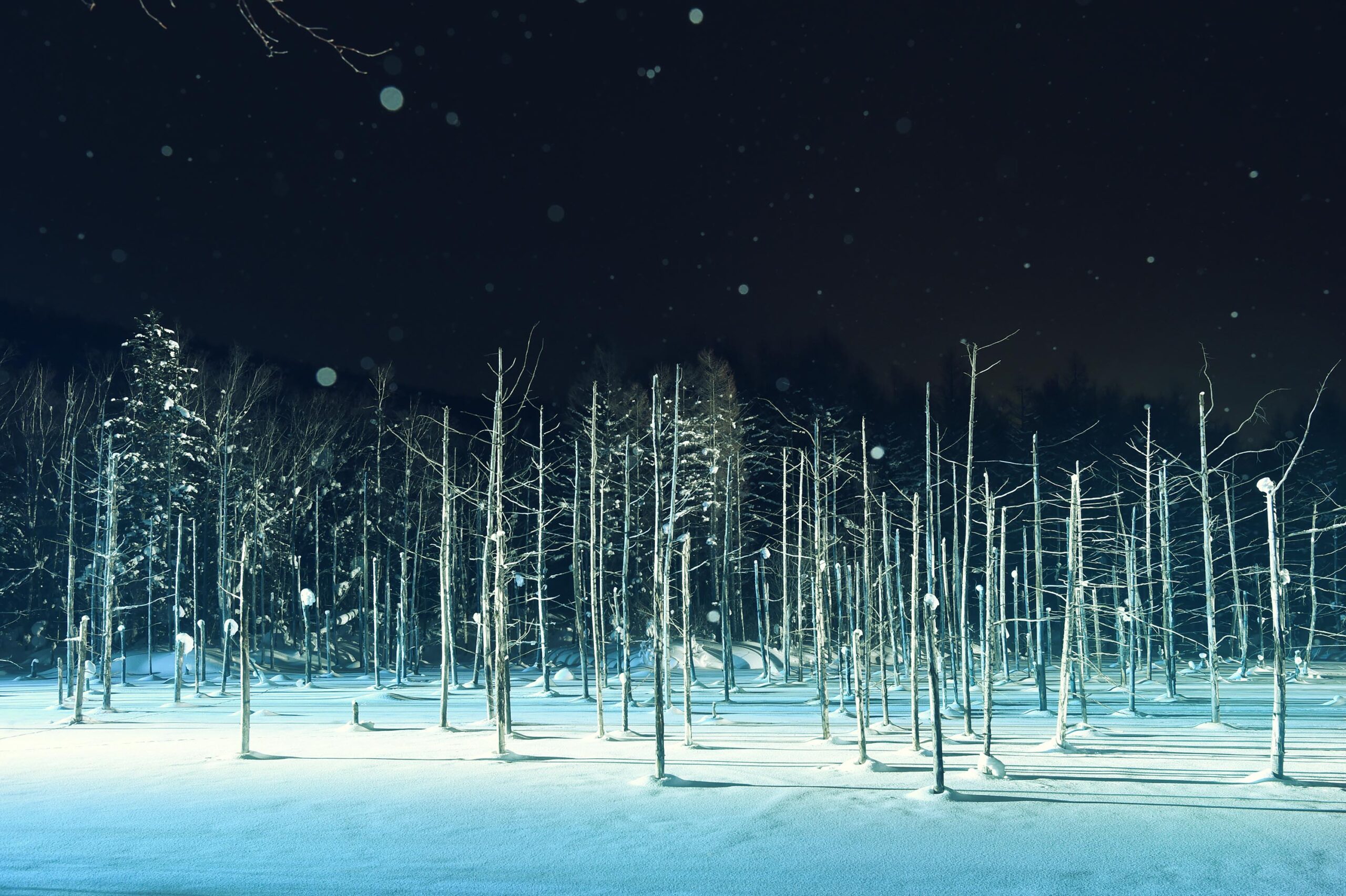
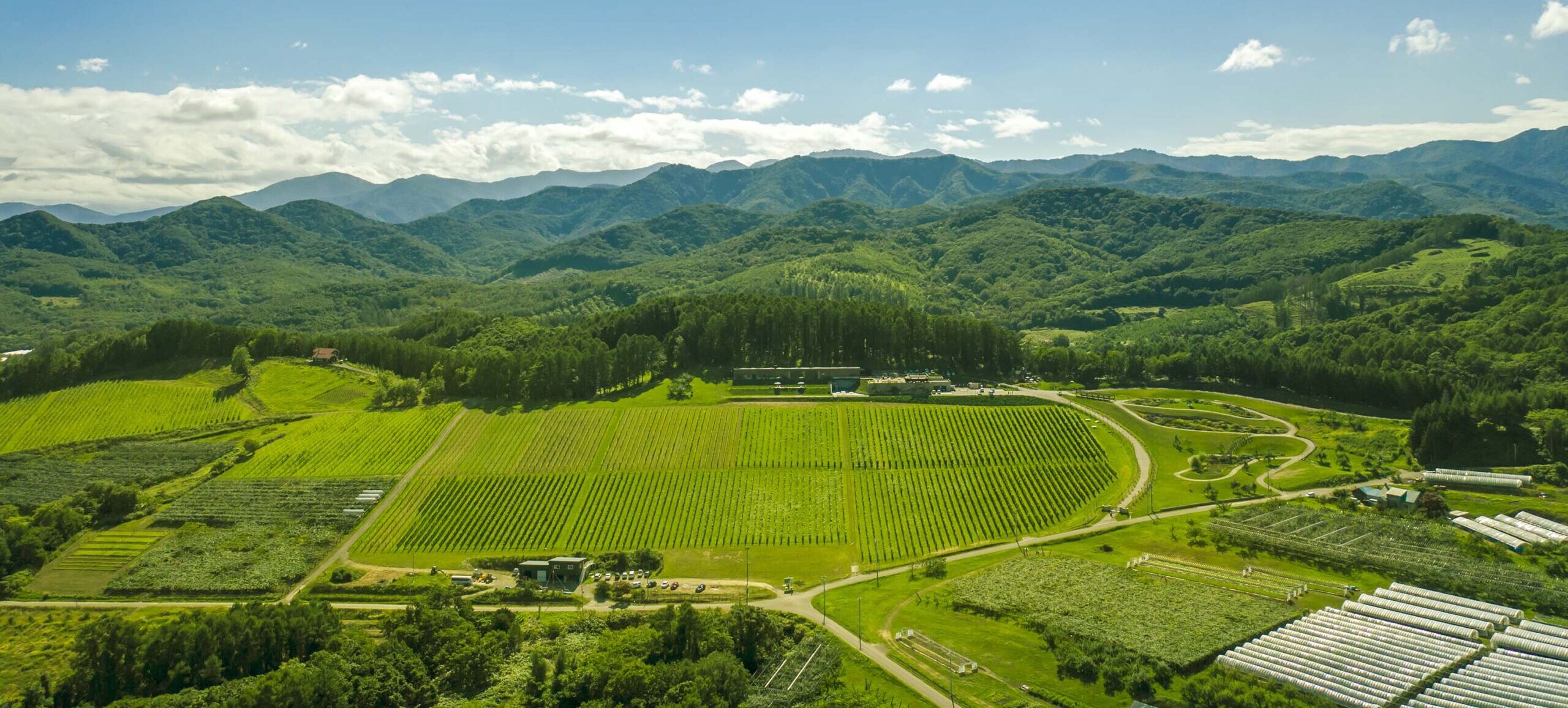
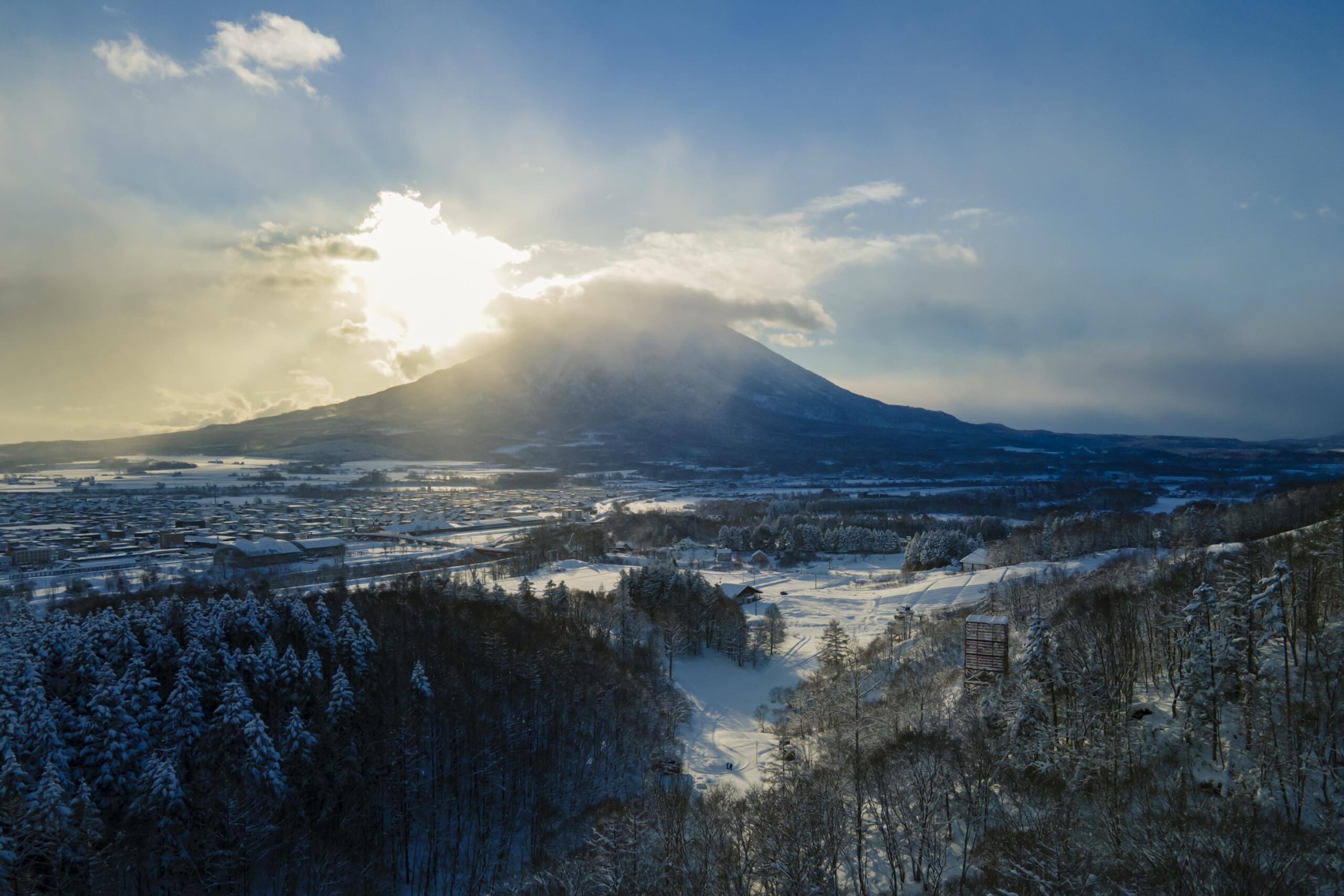
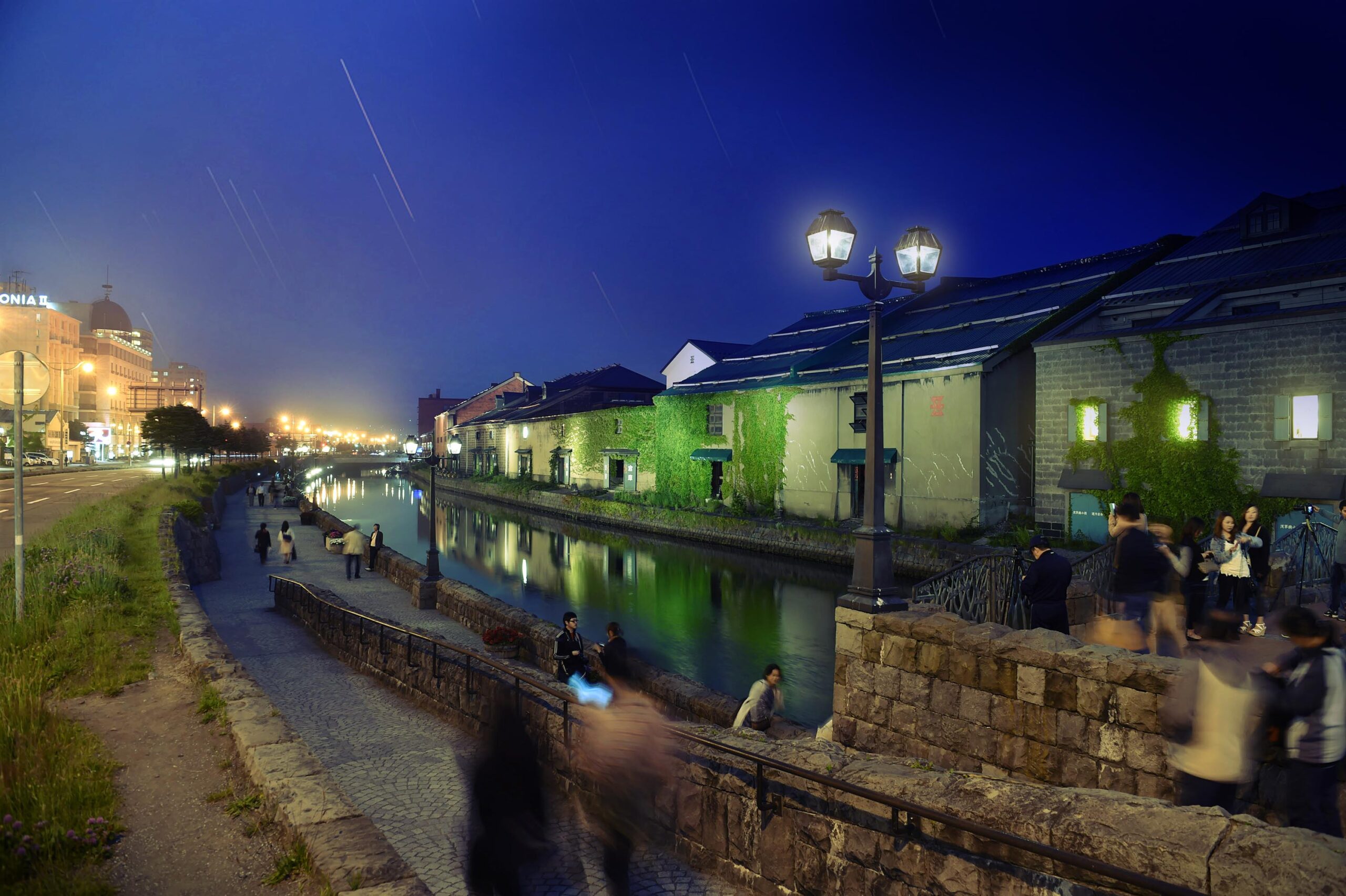

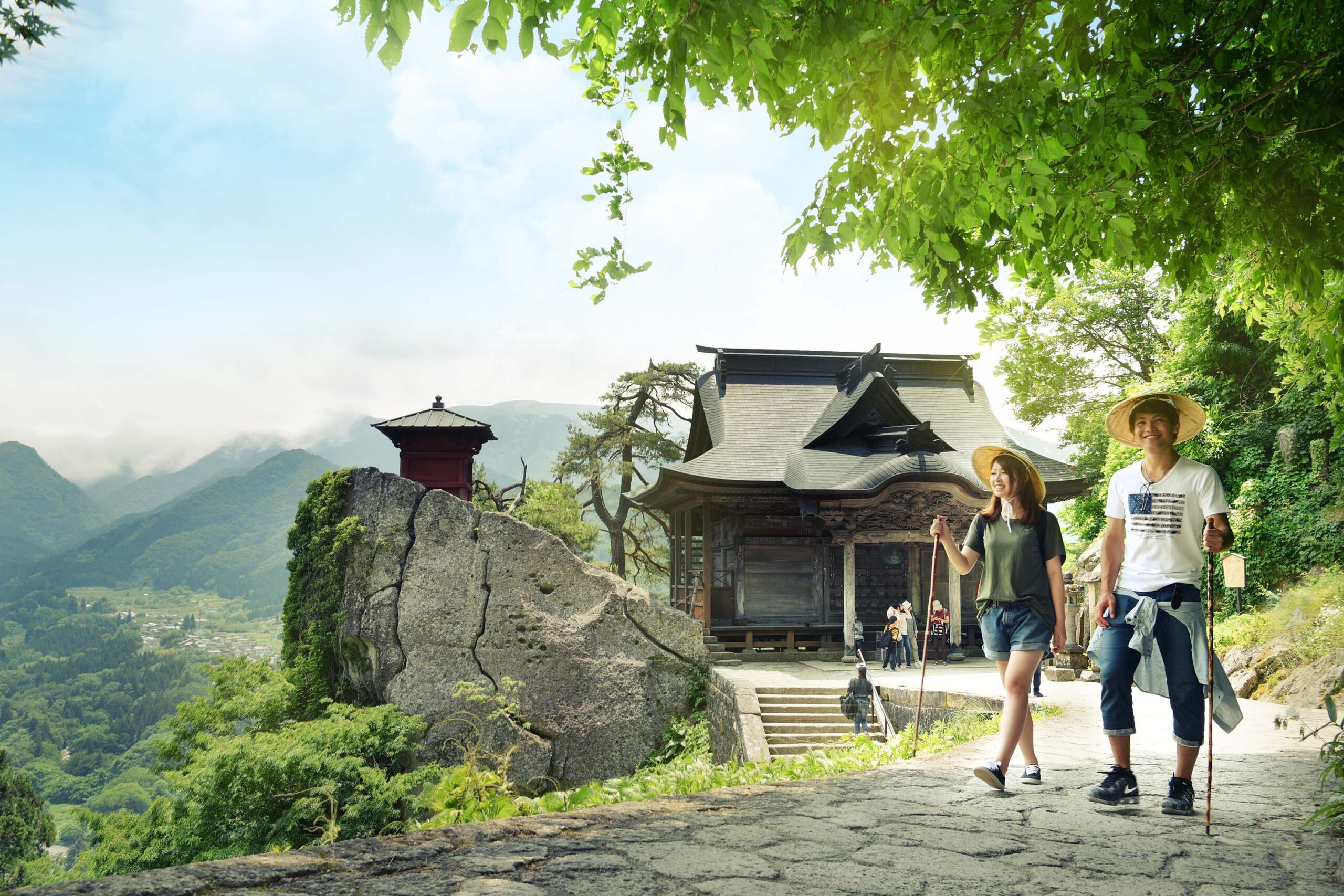
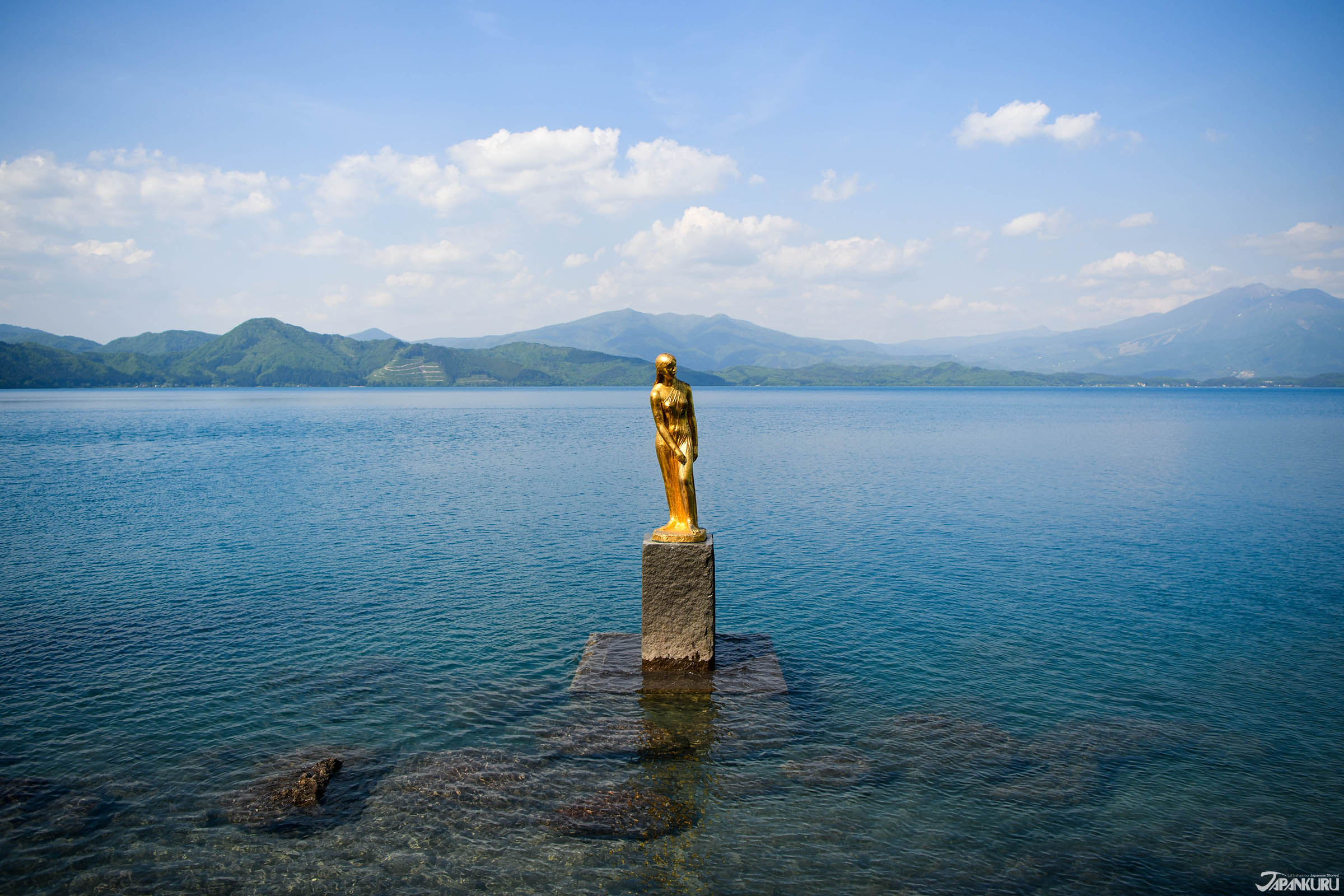
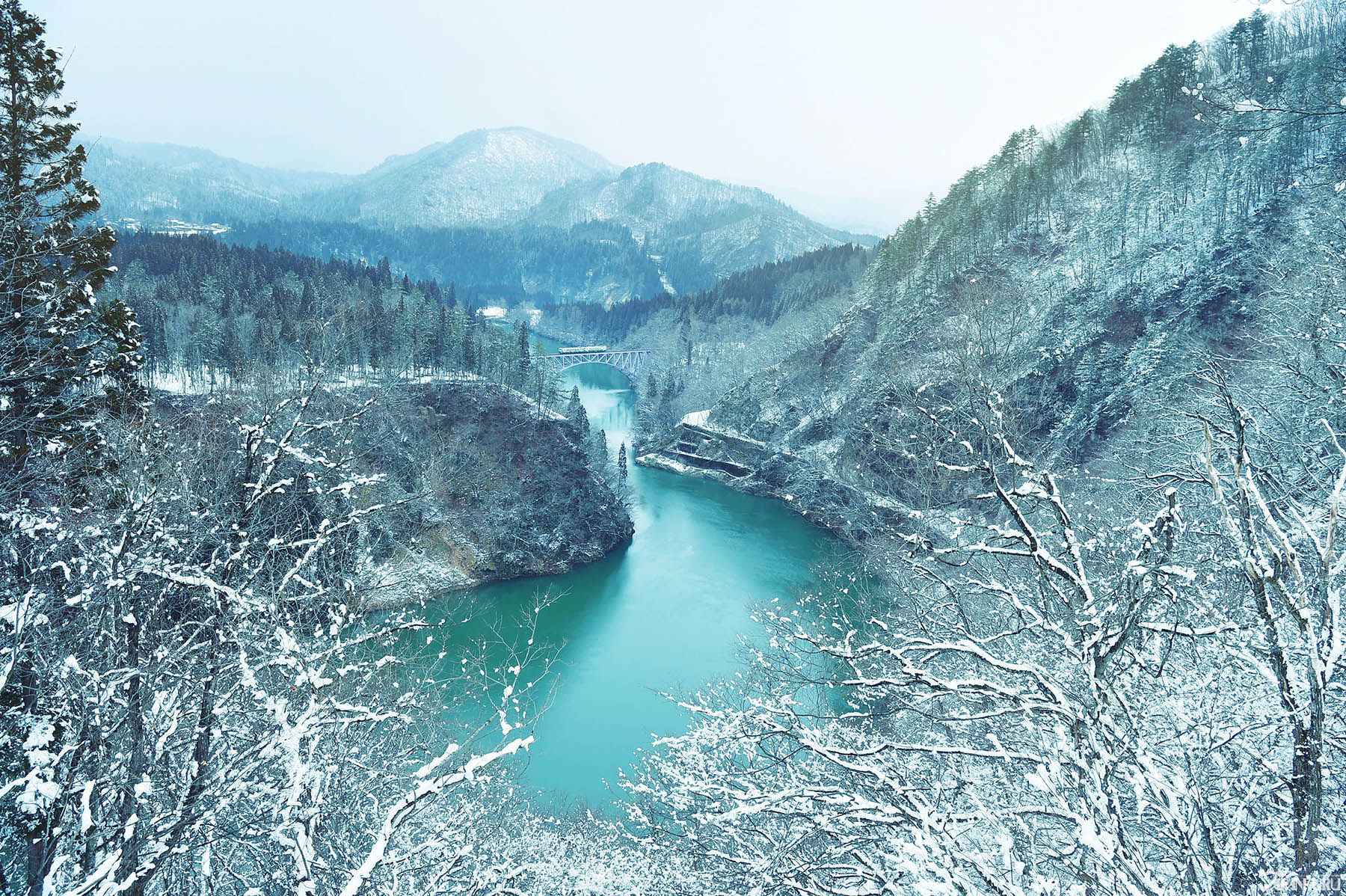
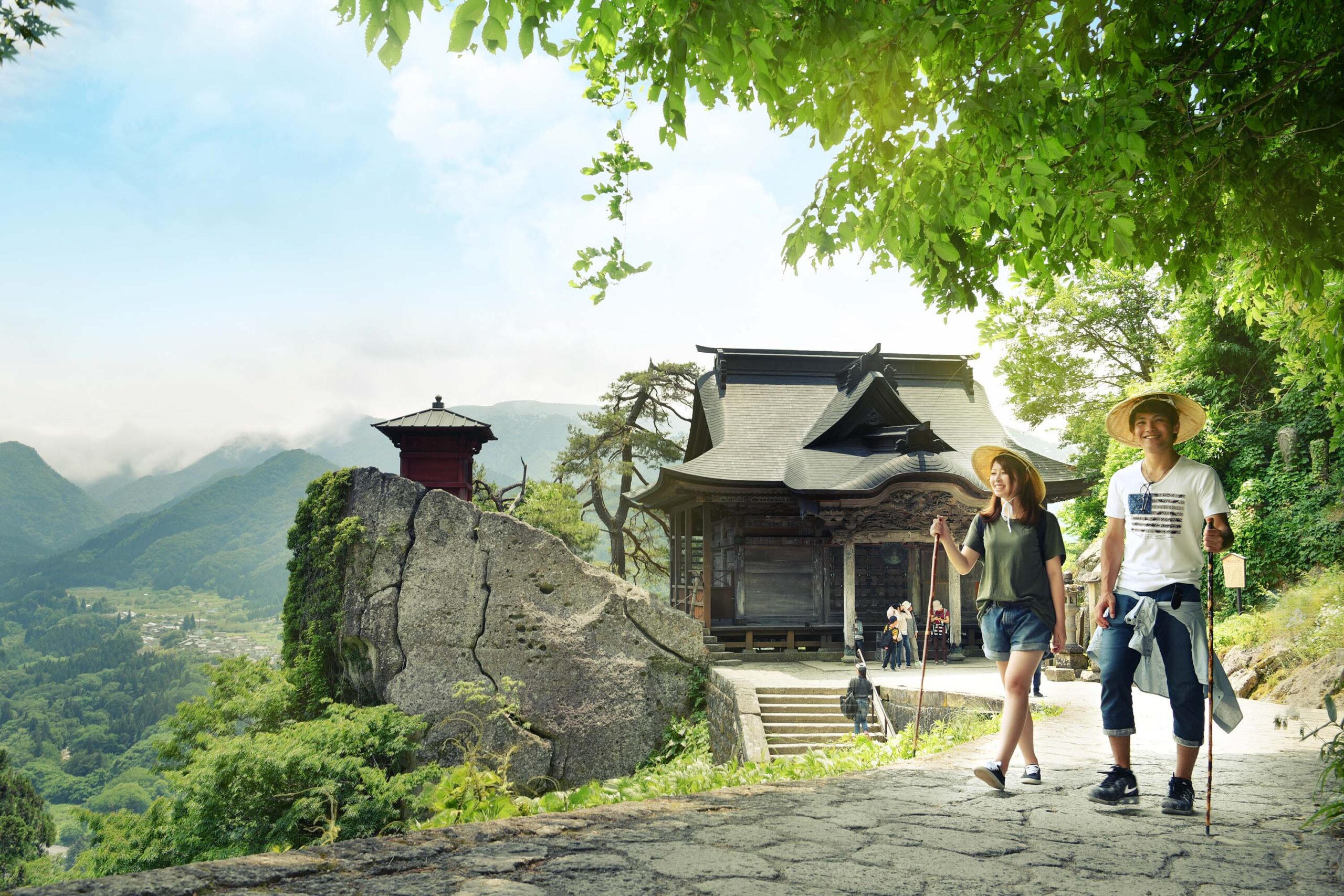
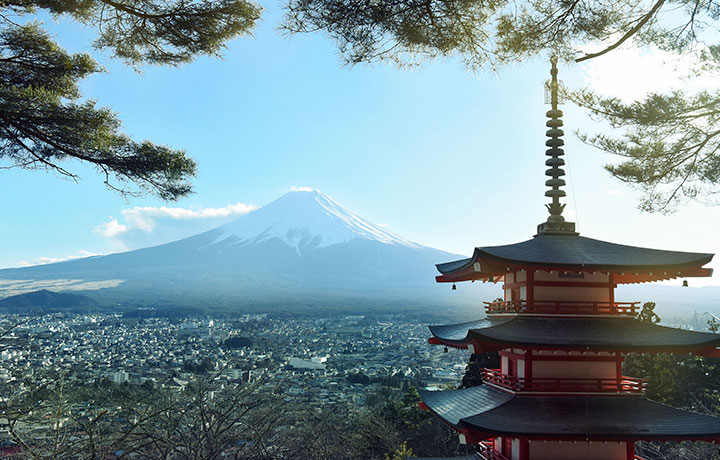
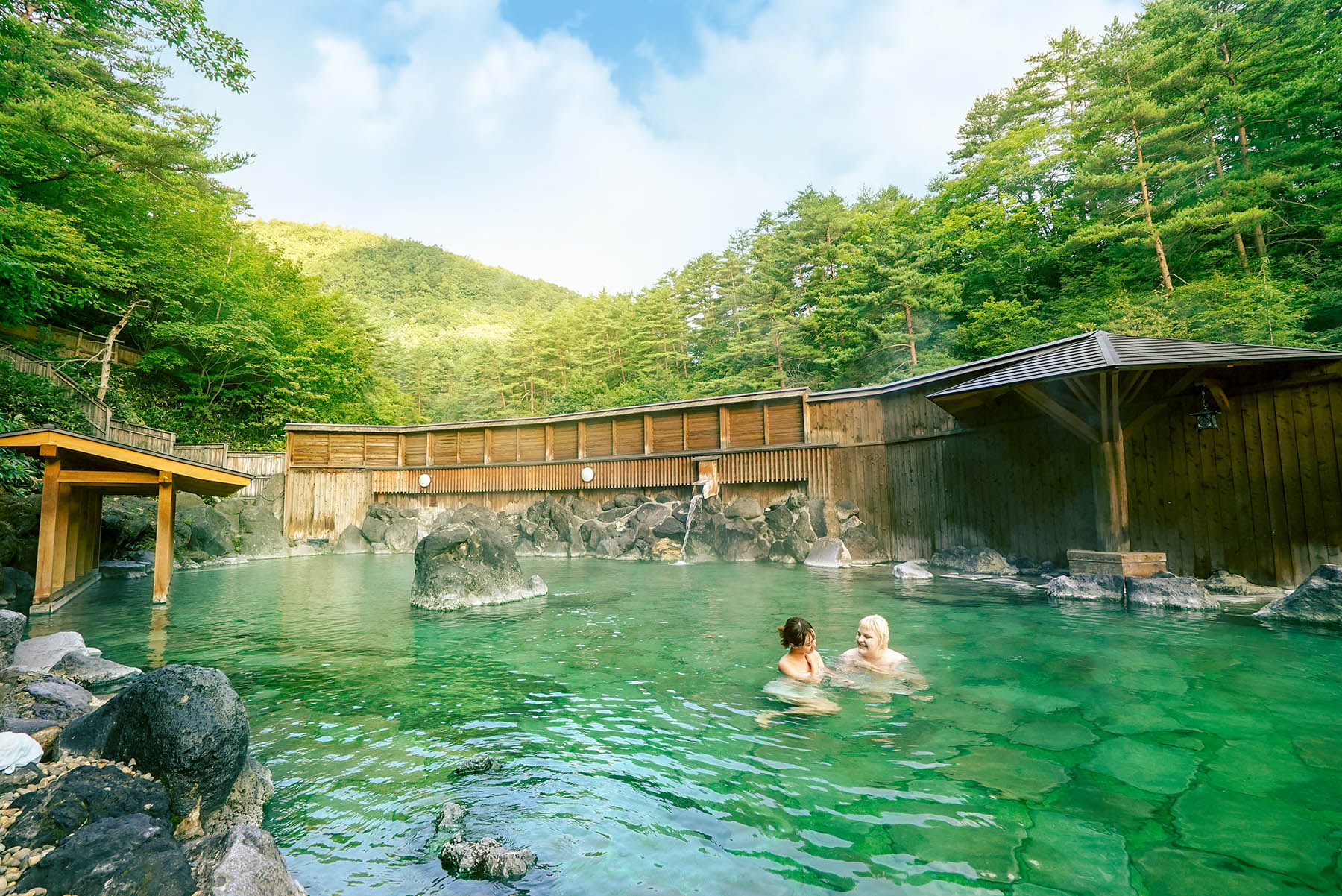
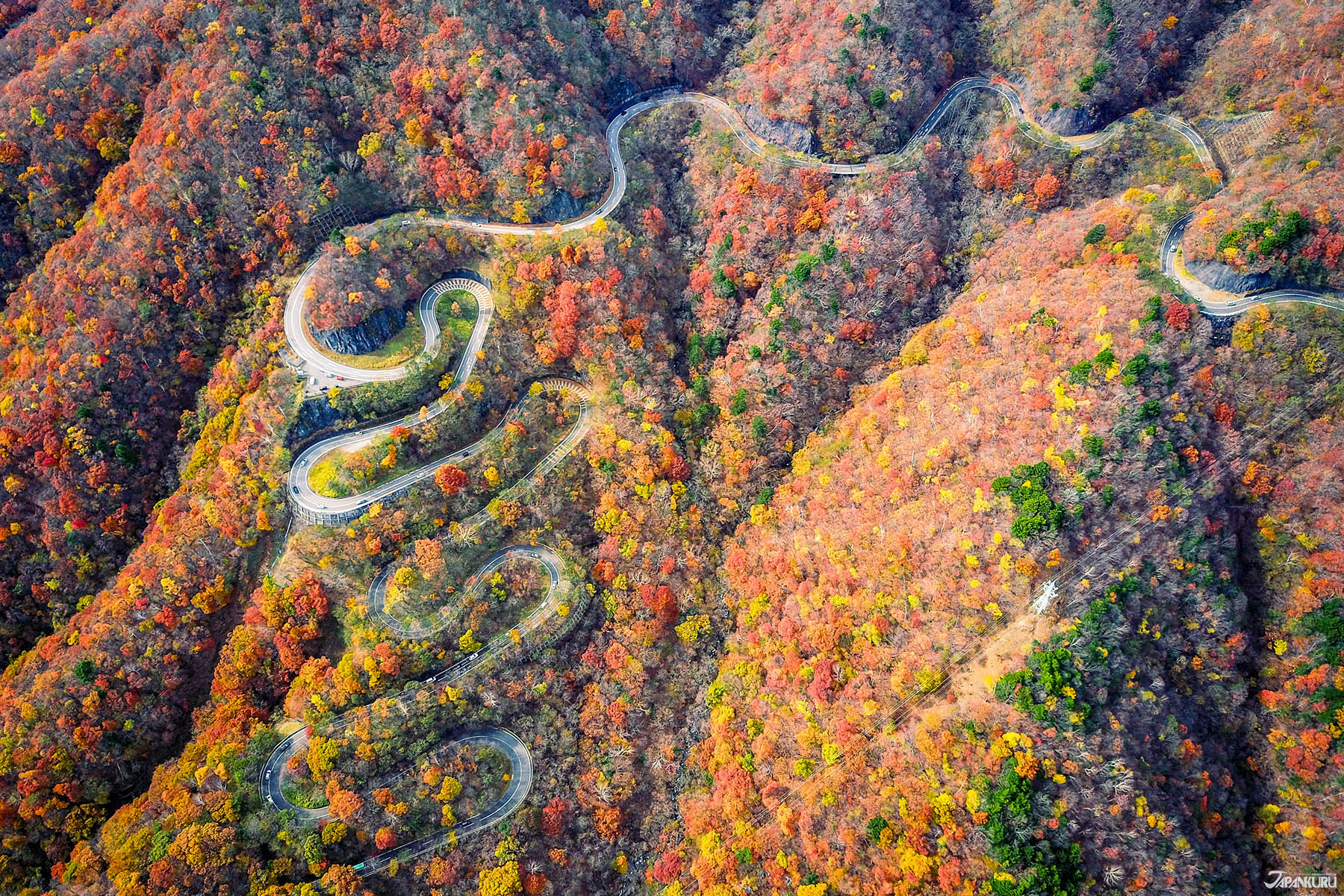
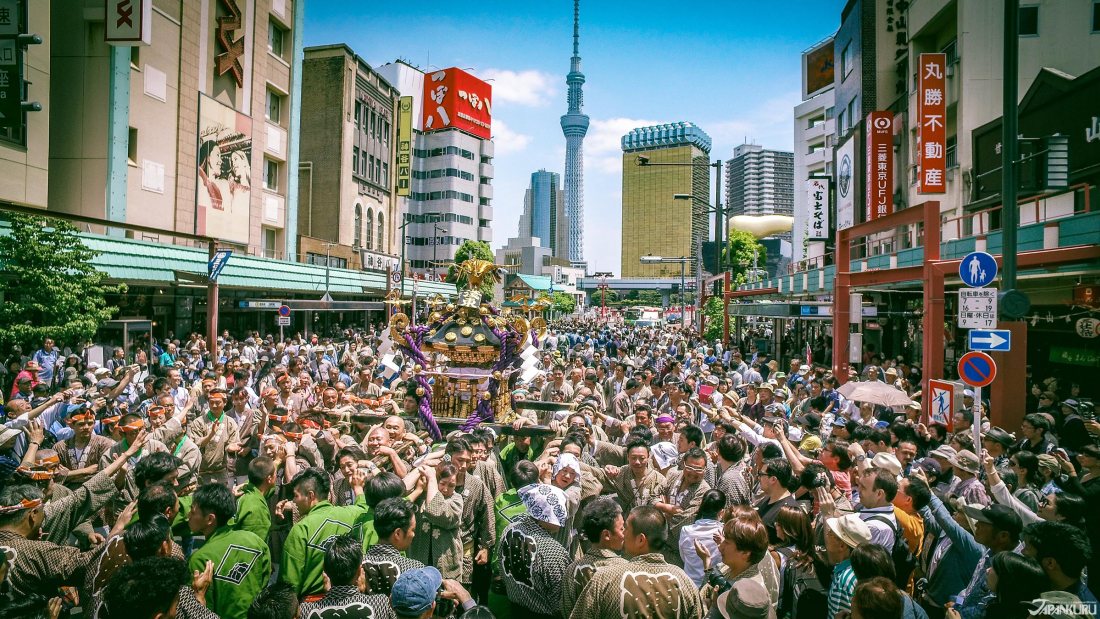
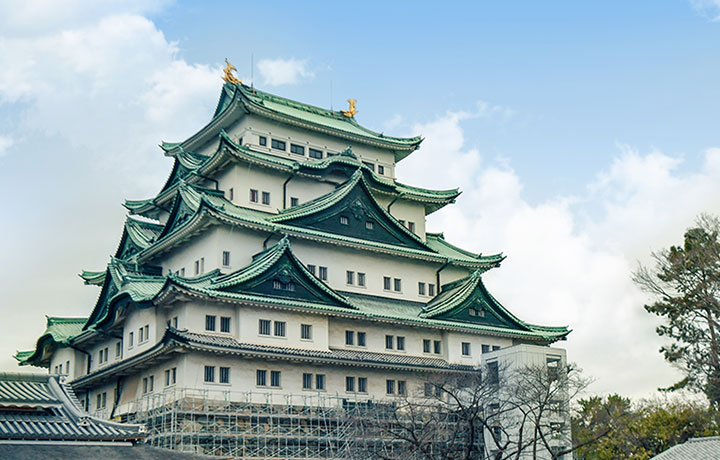
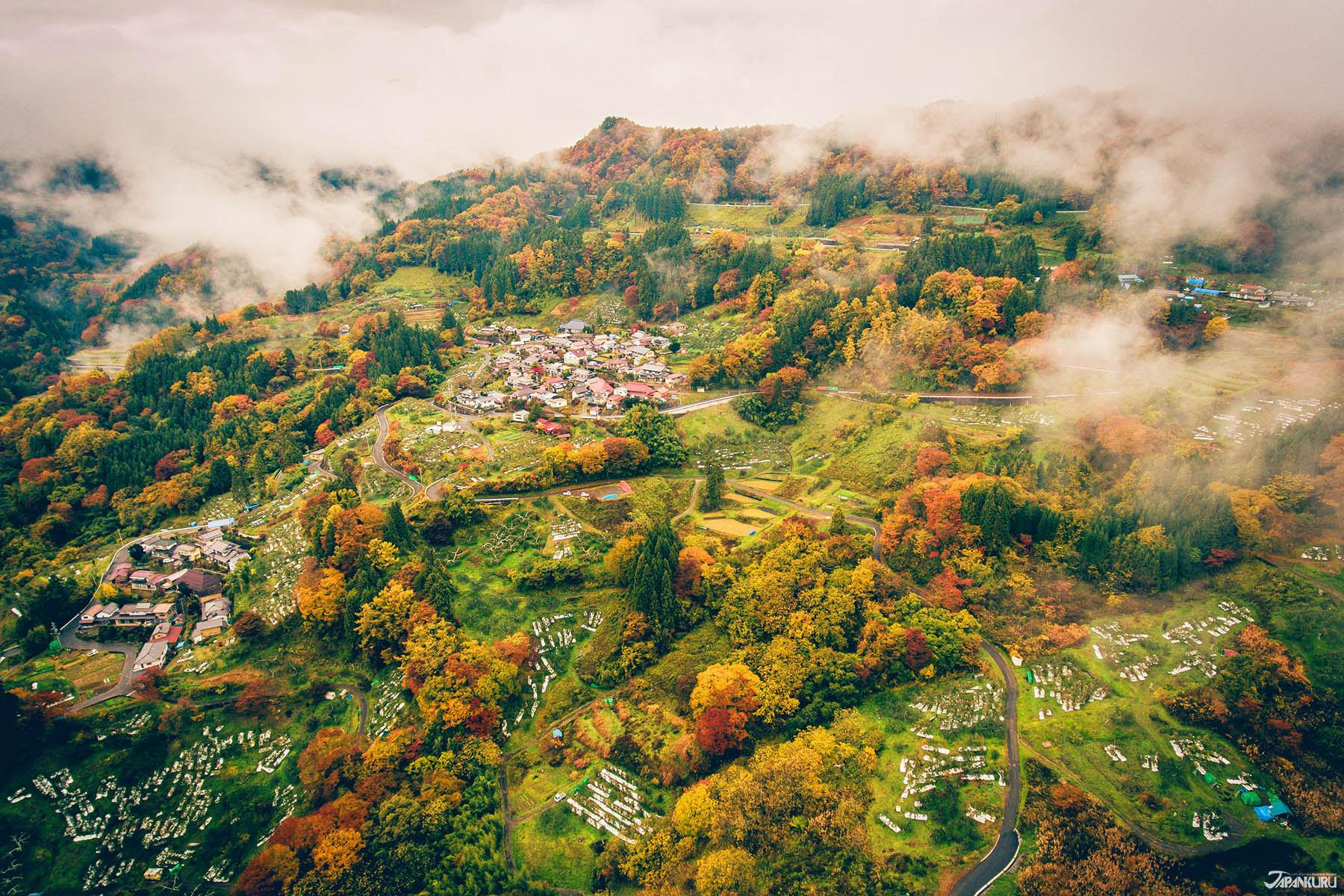
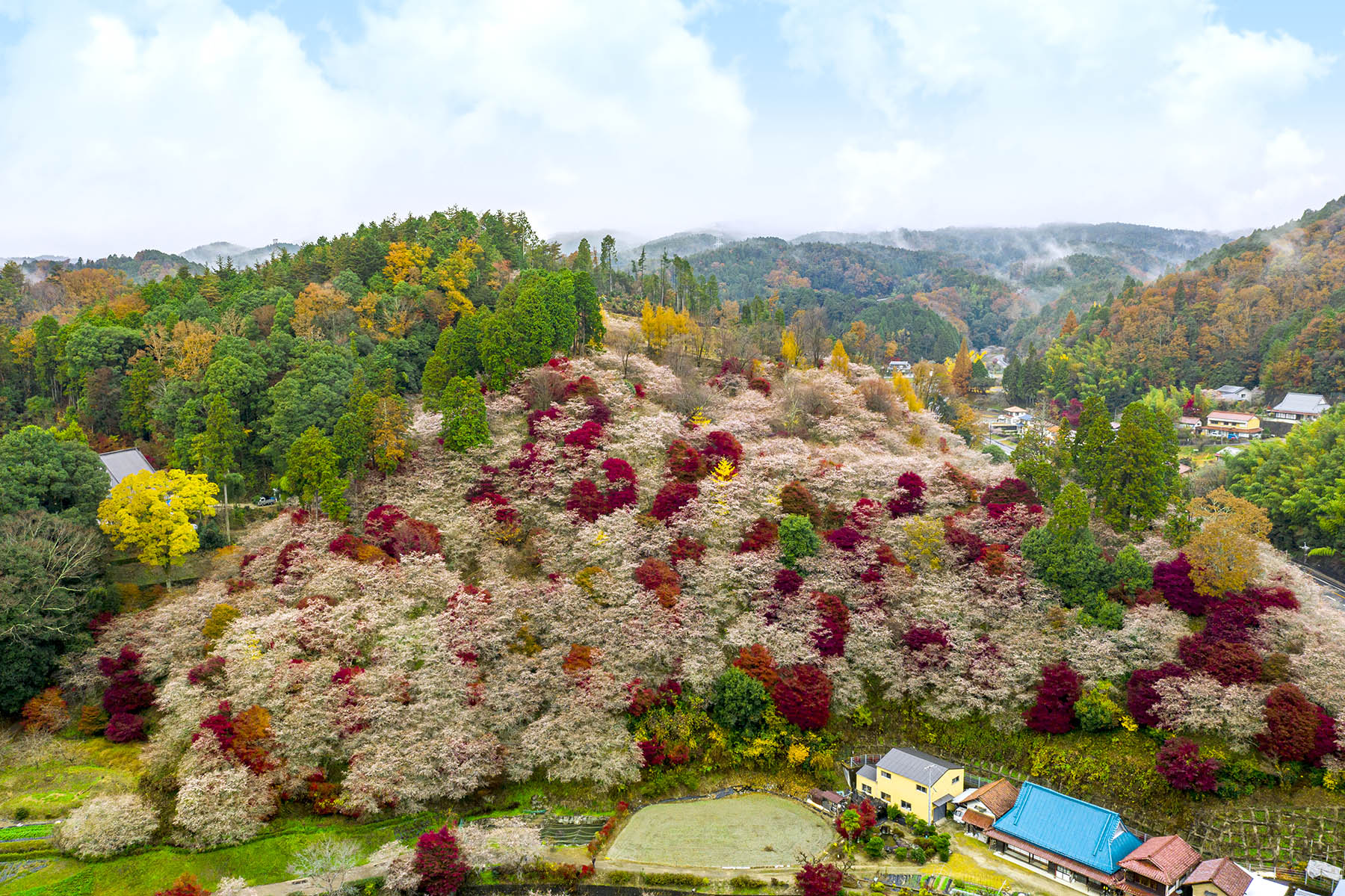
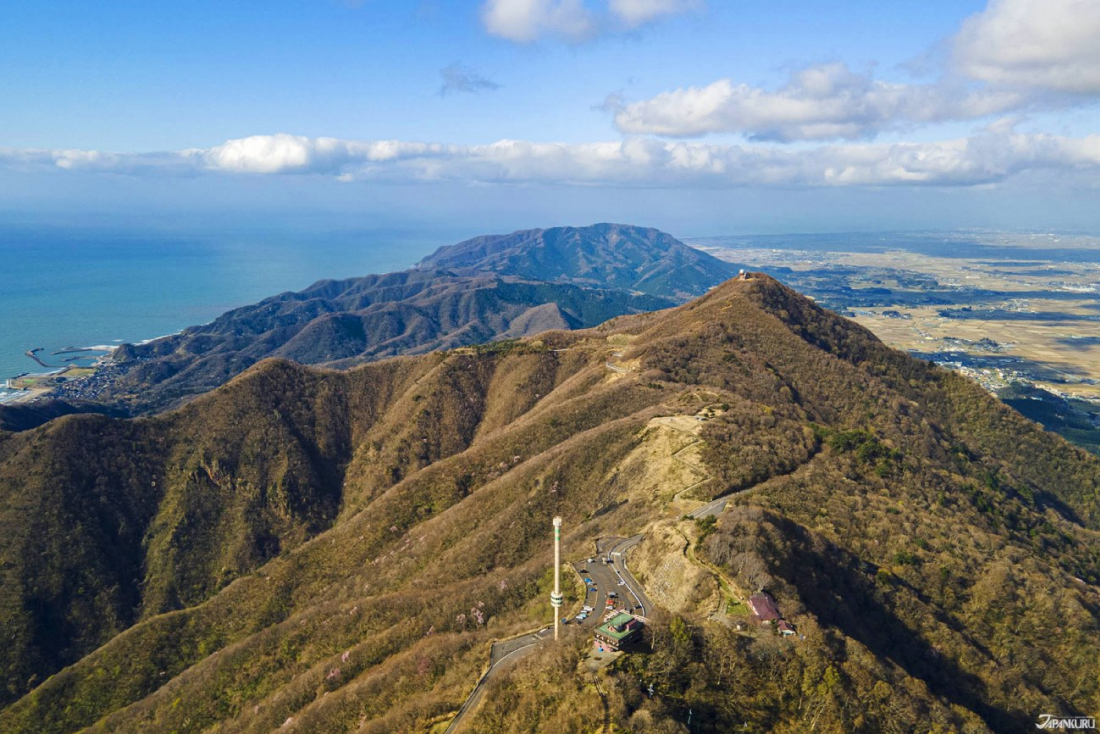
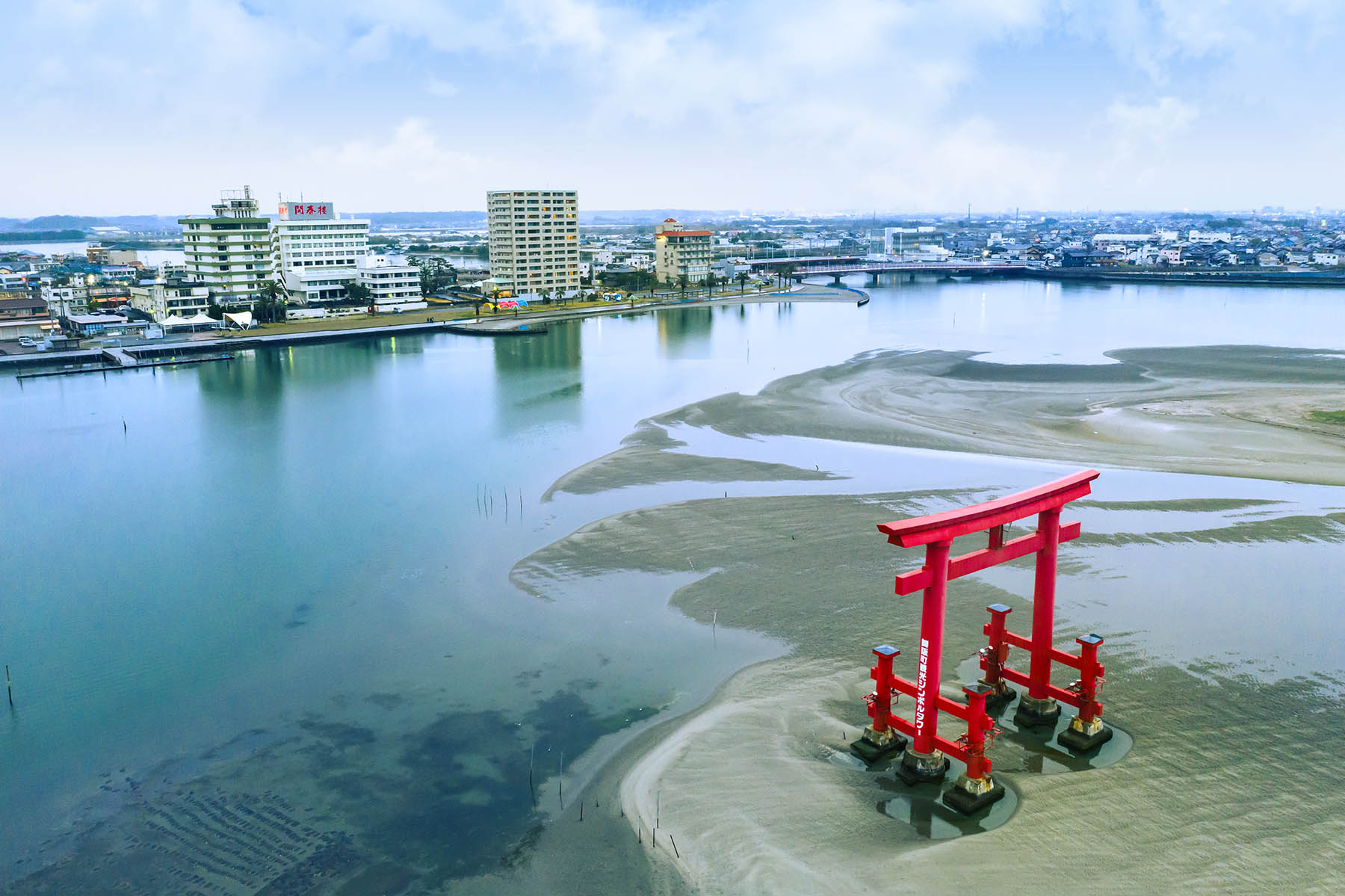
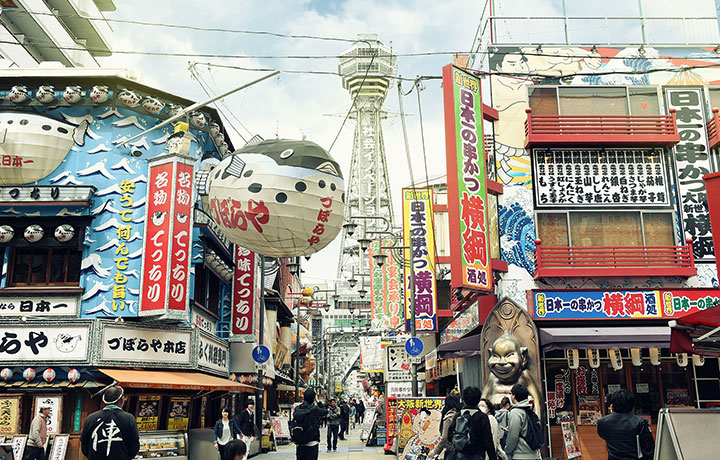

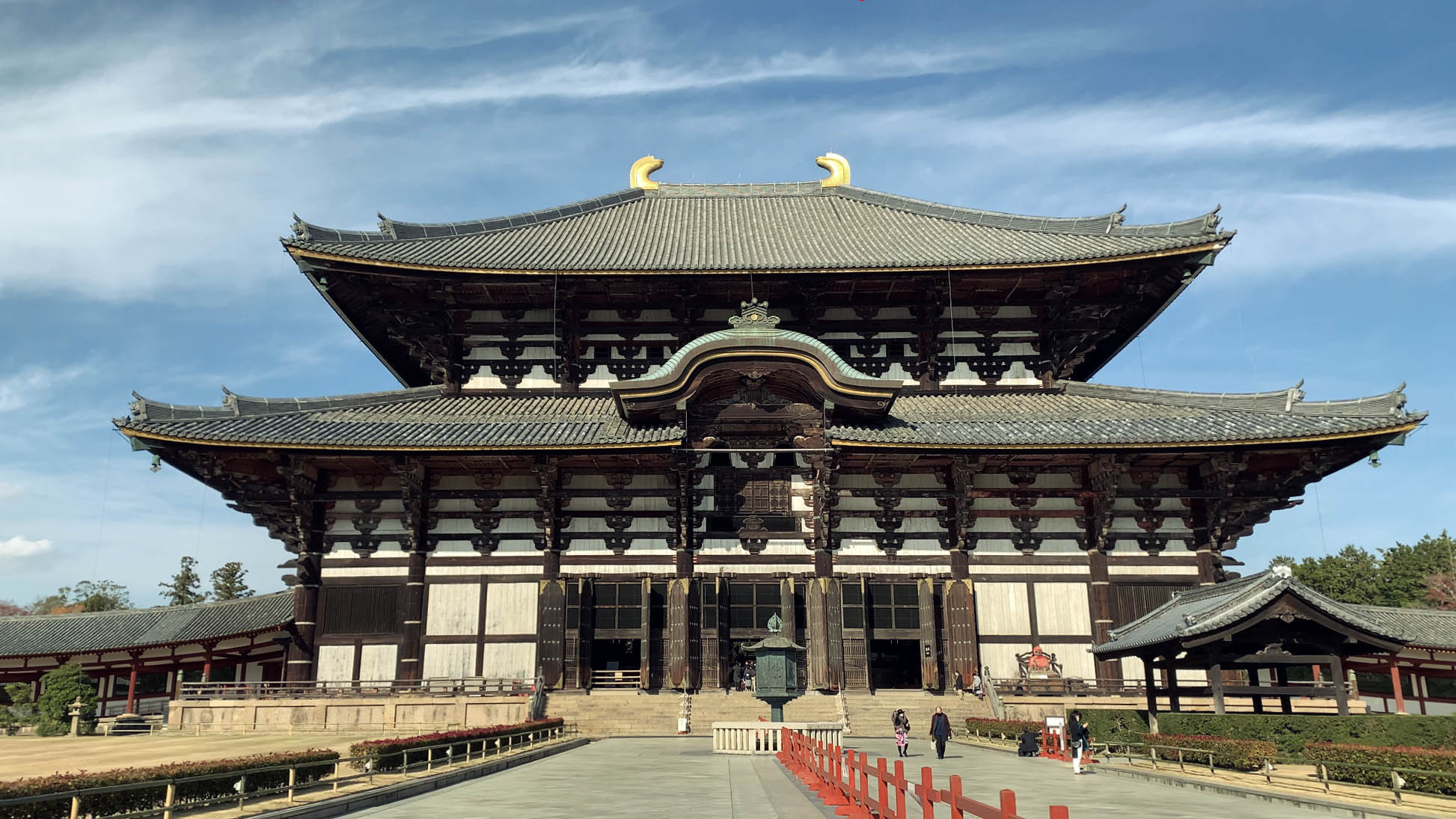
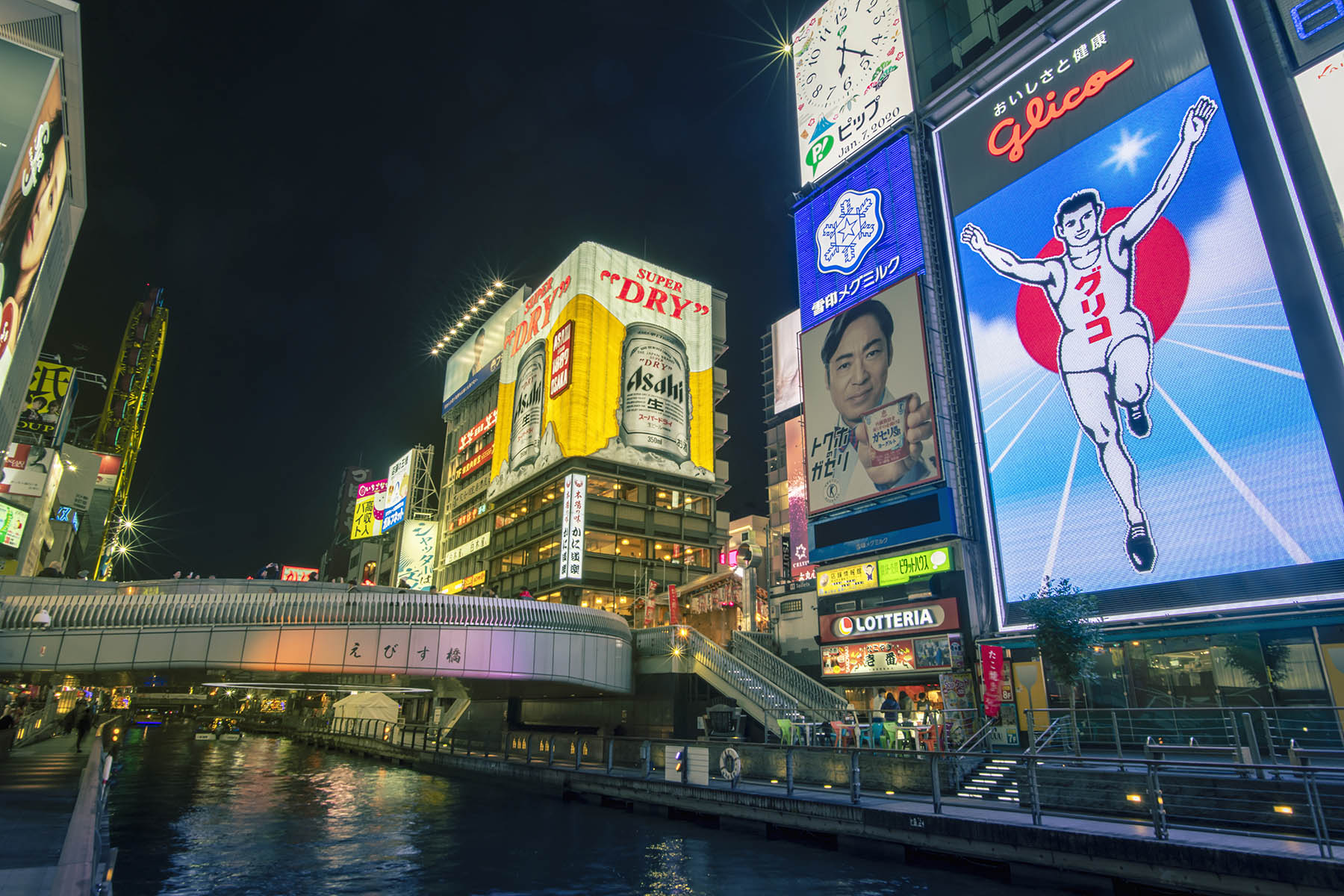
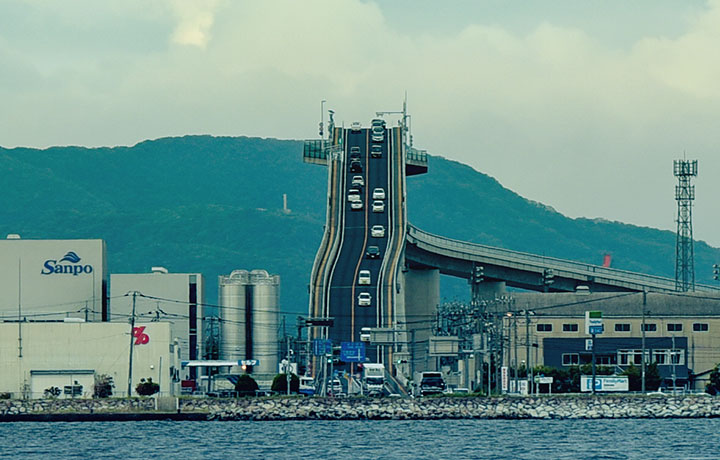
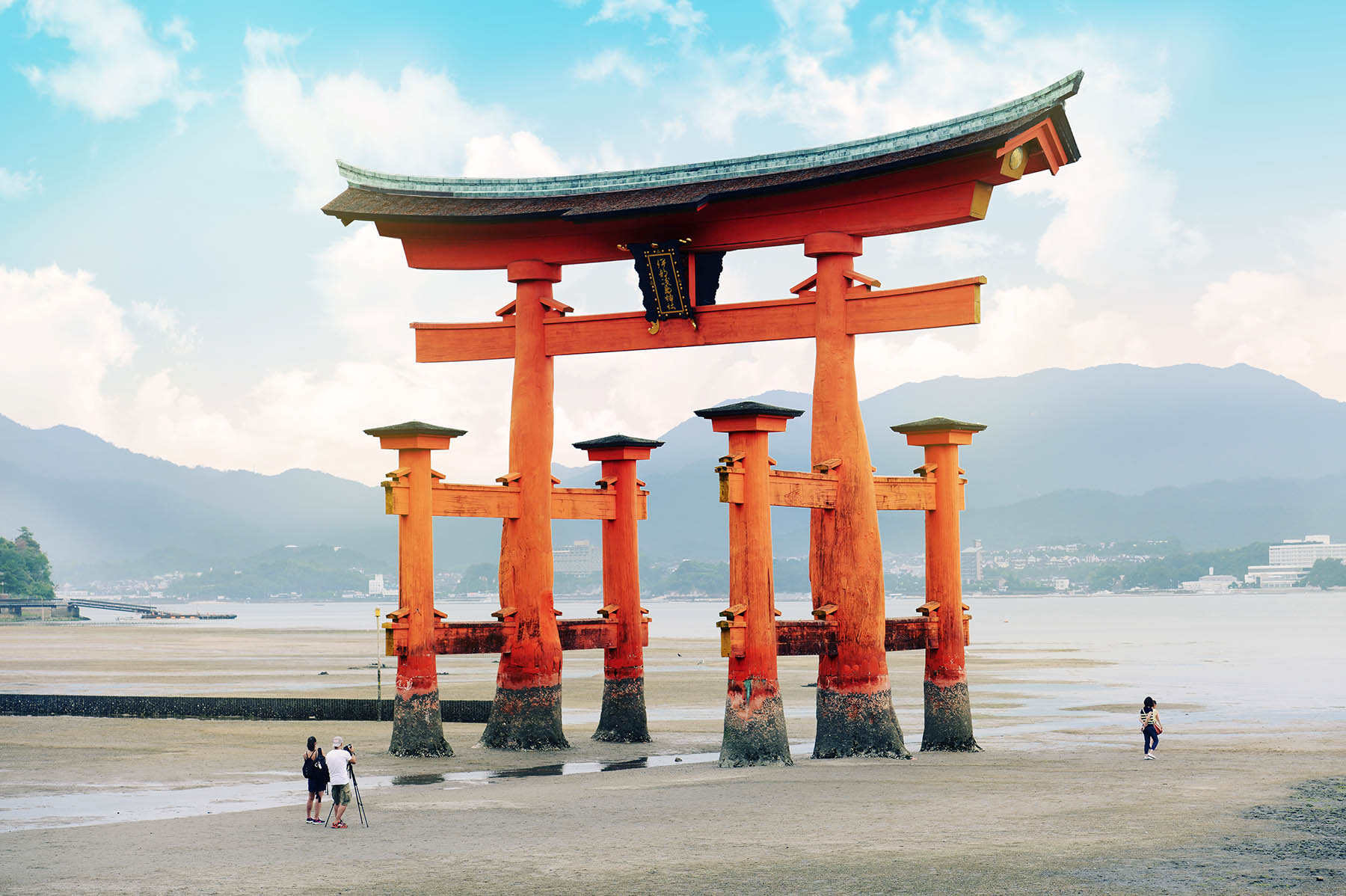
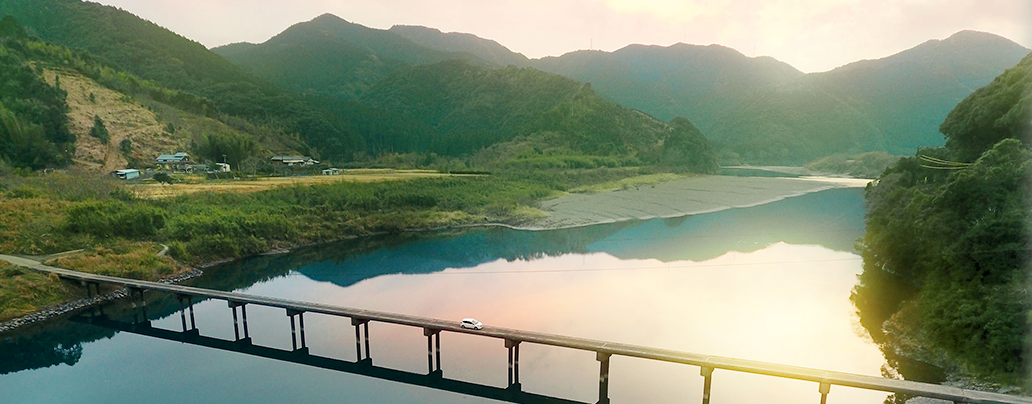
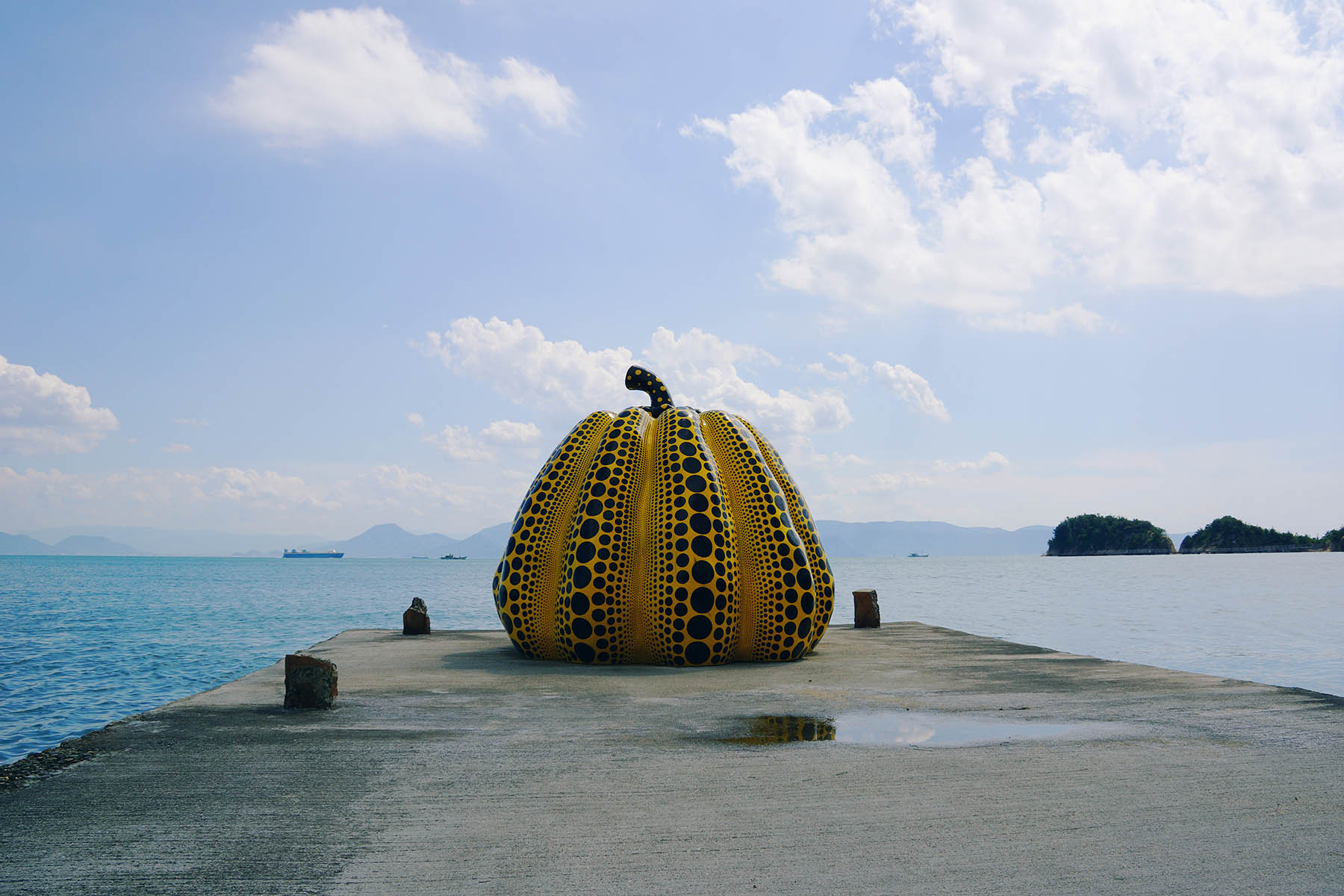
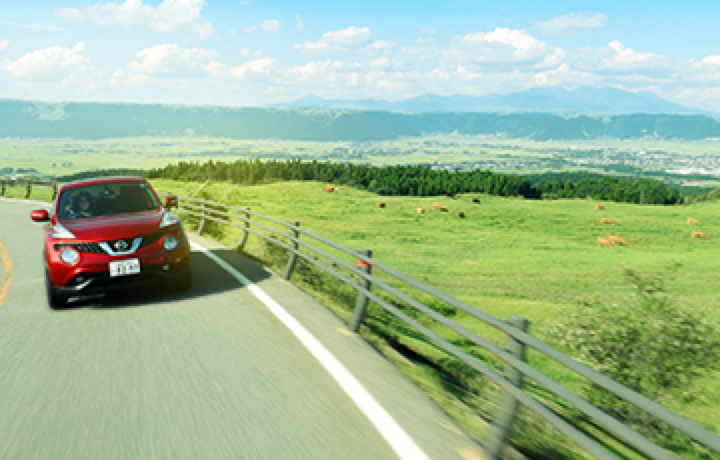
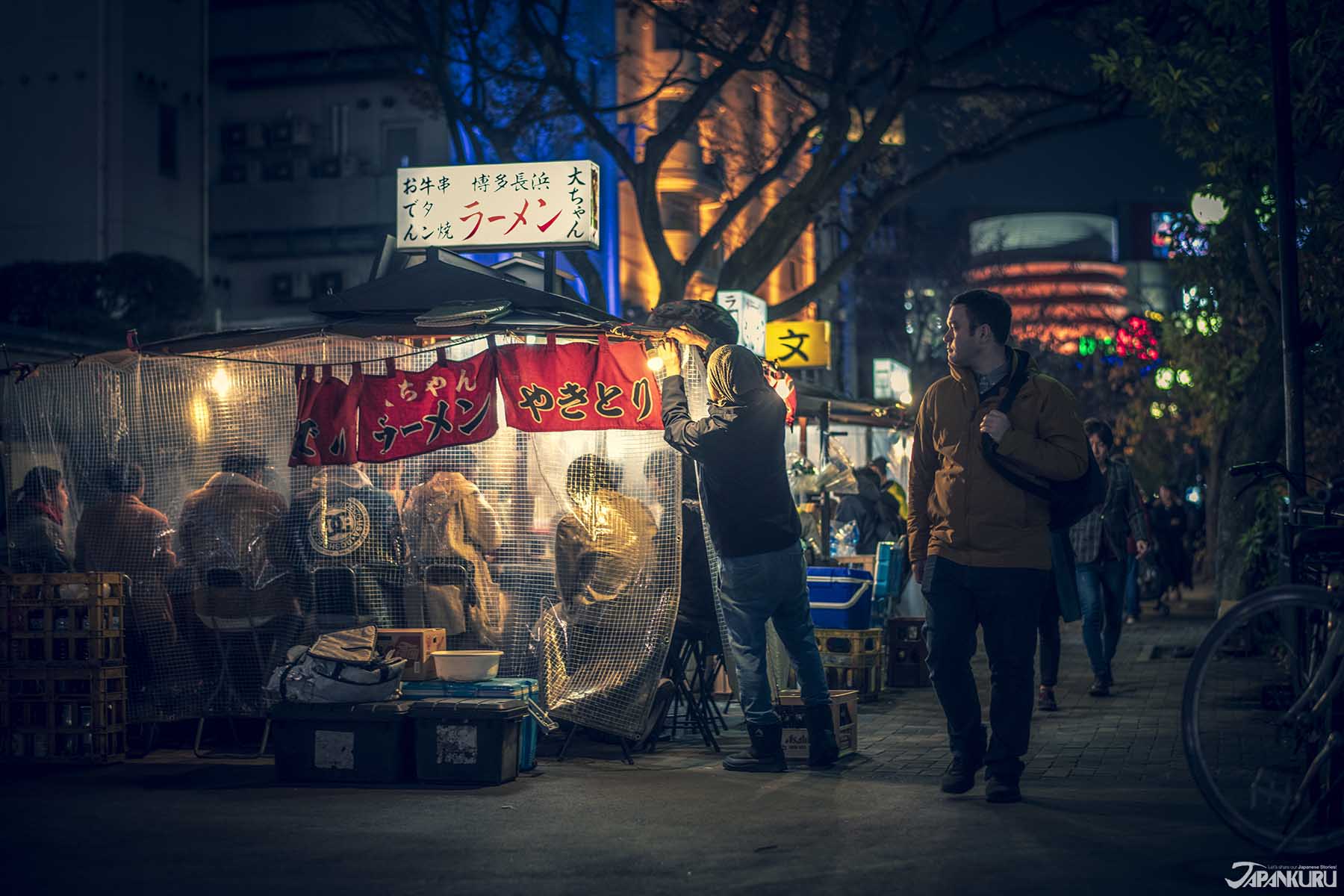
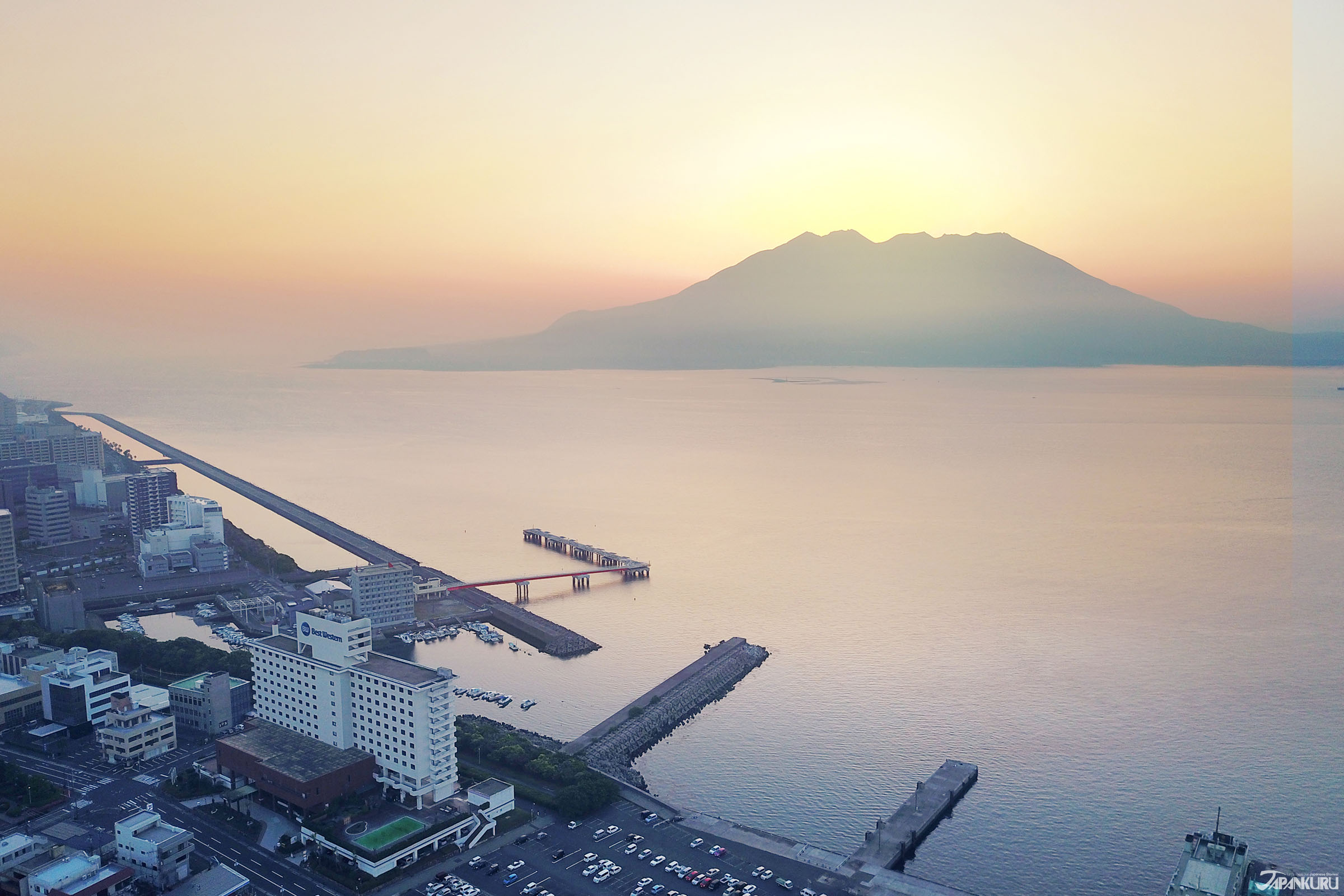
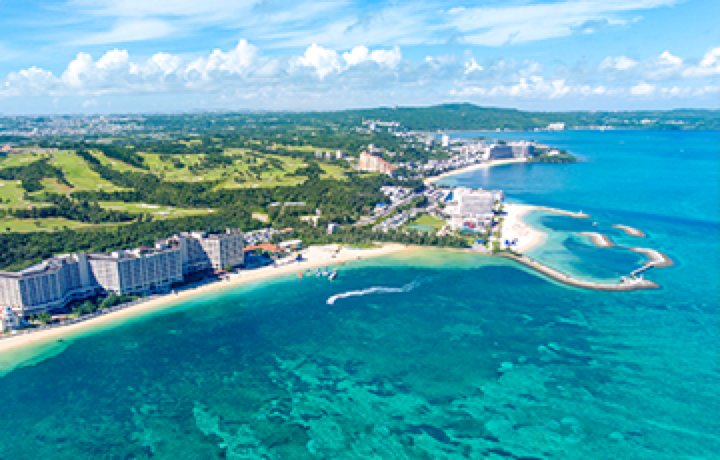



 Oita Hello Kitty Airport
Oita Hello Kitty Airport  Lands April 13th
Lands April 13th


